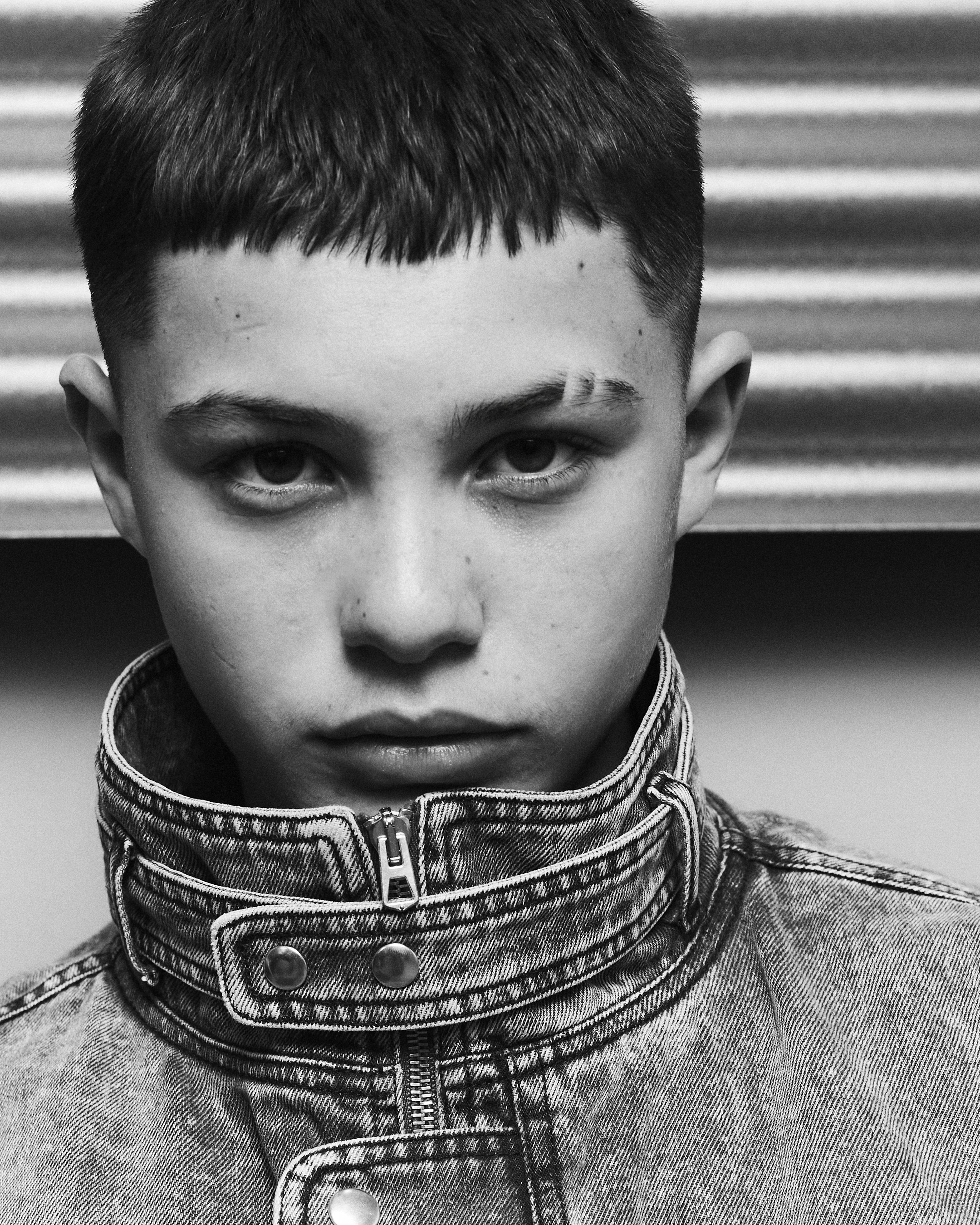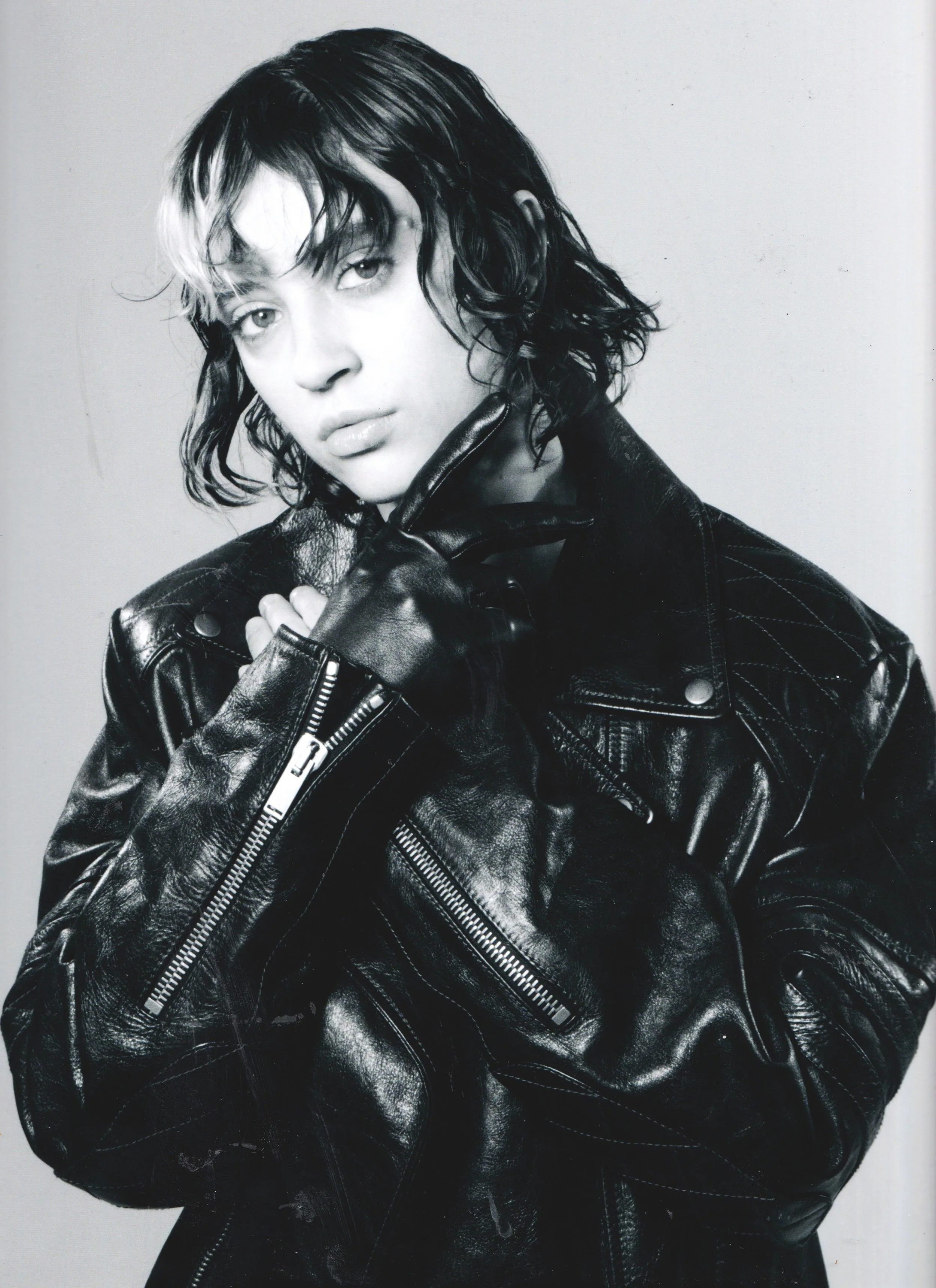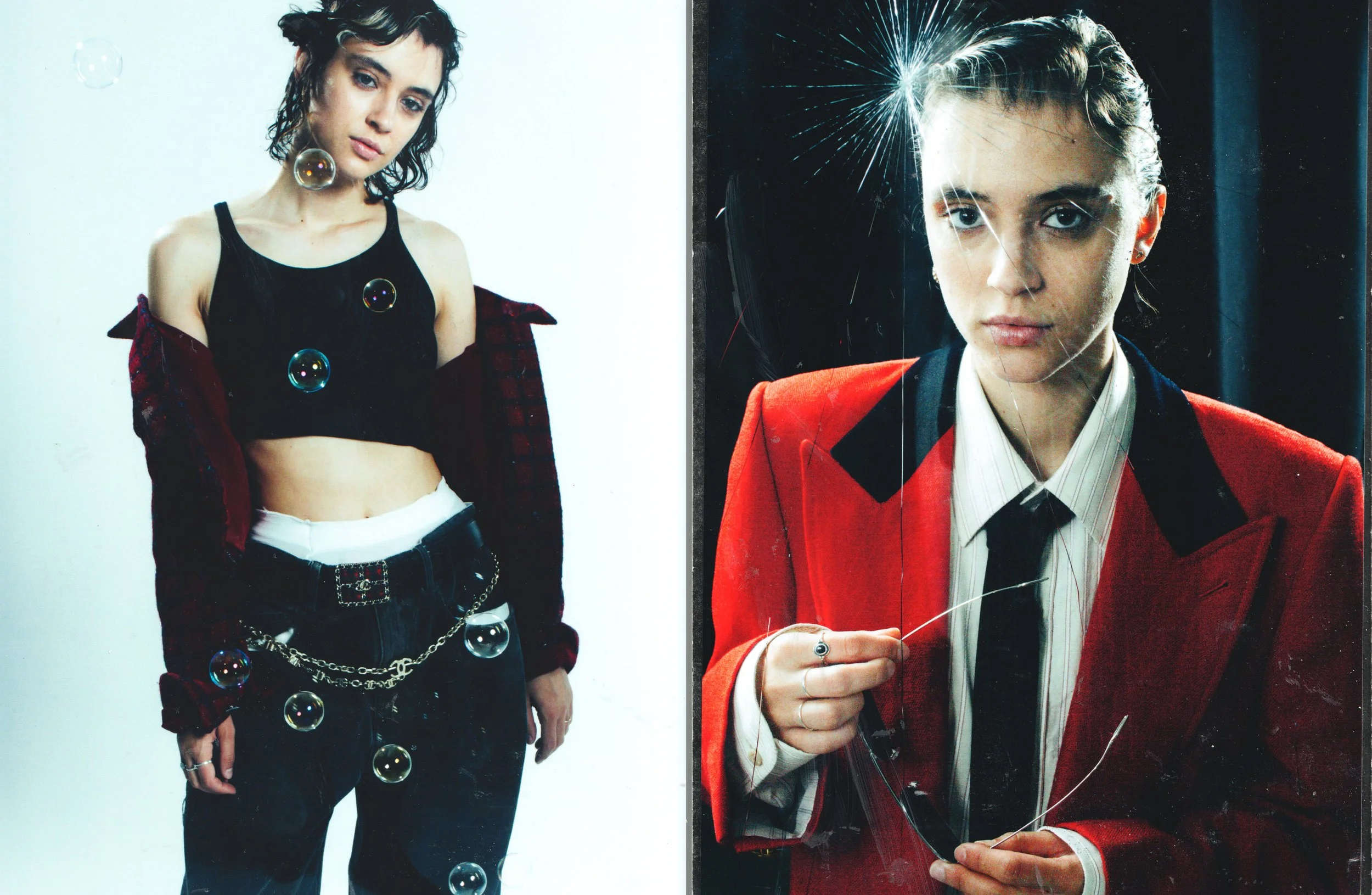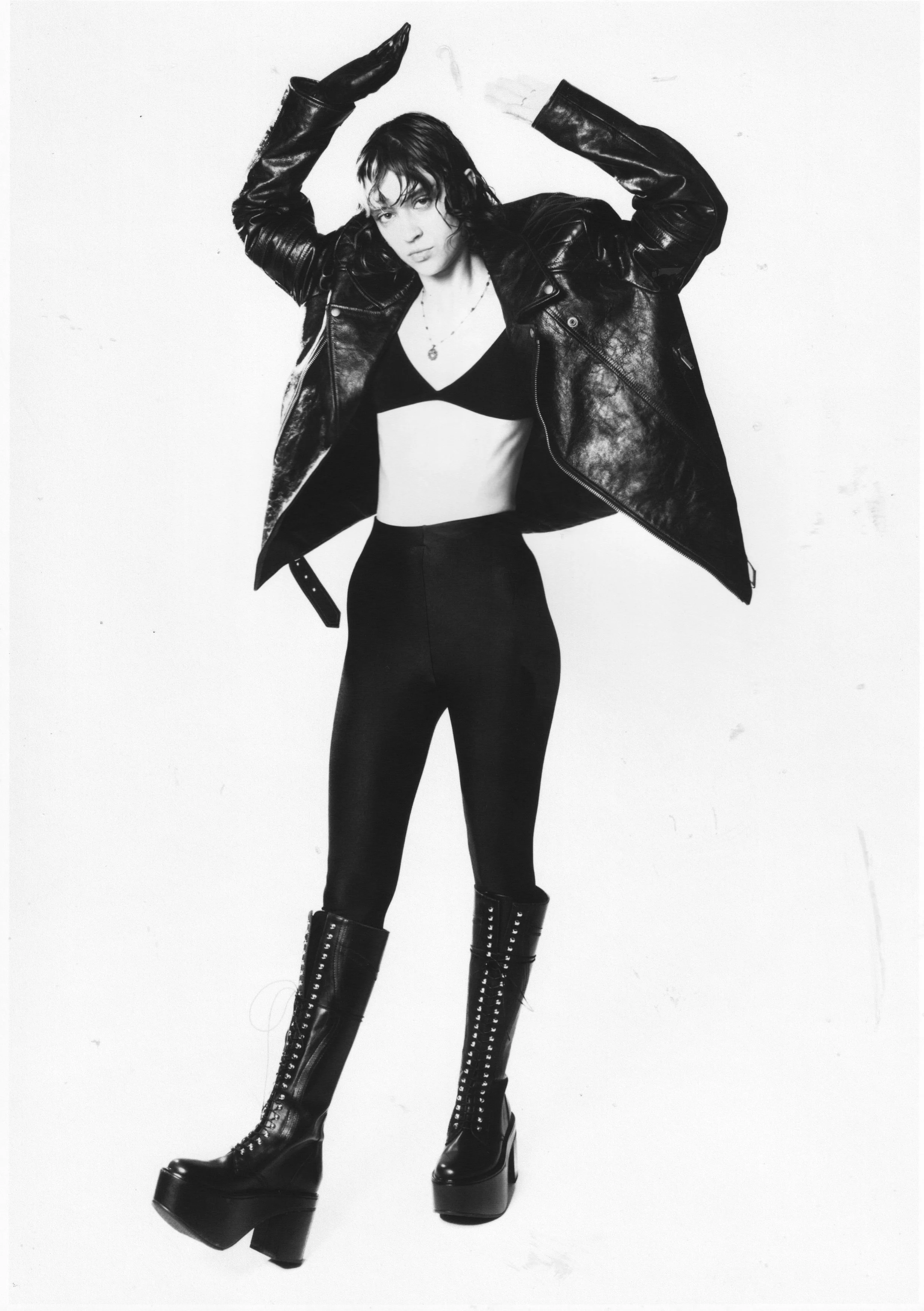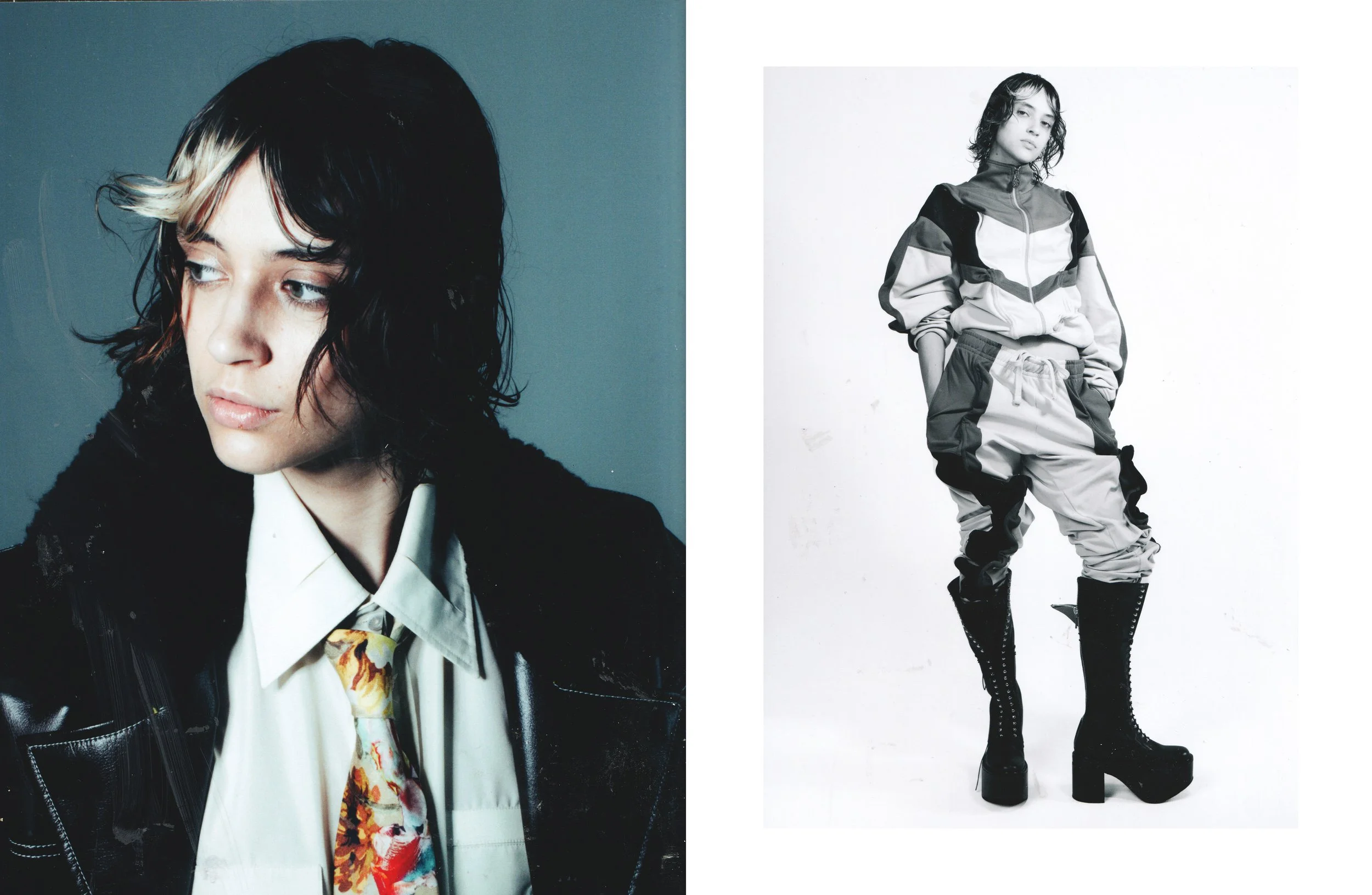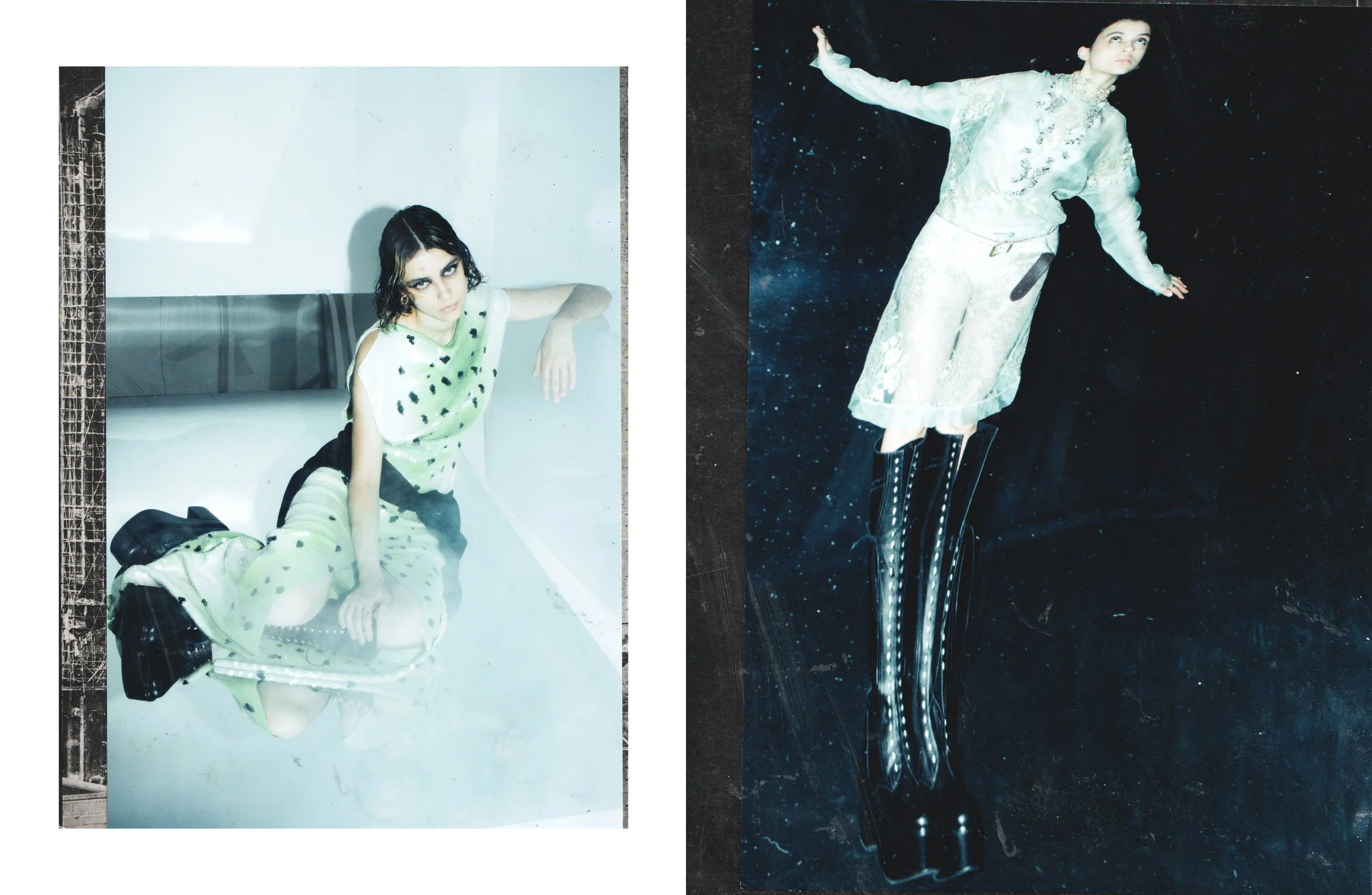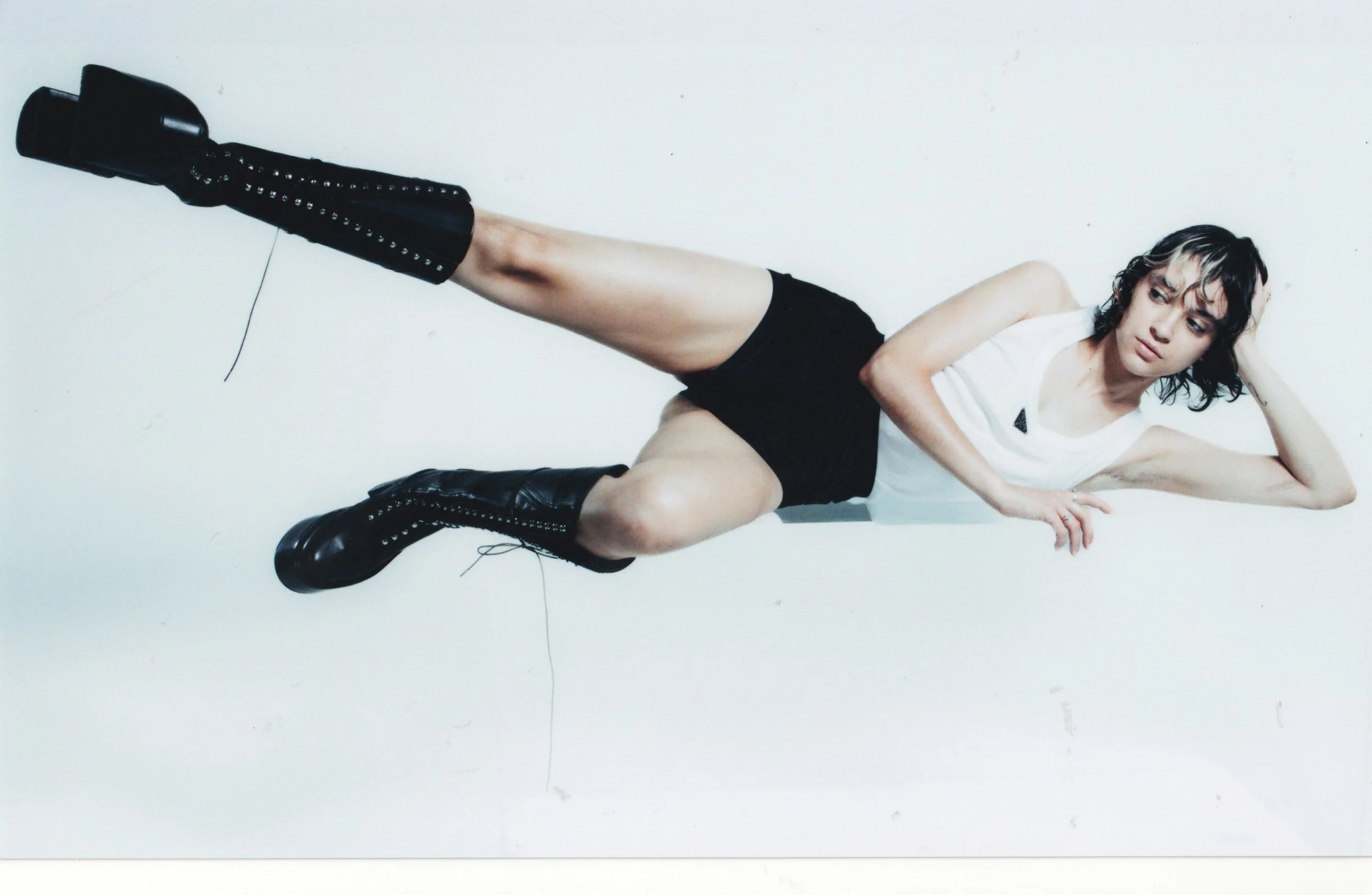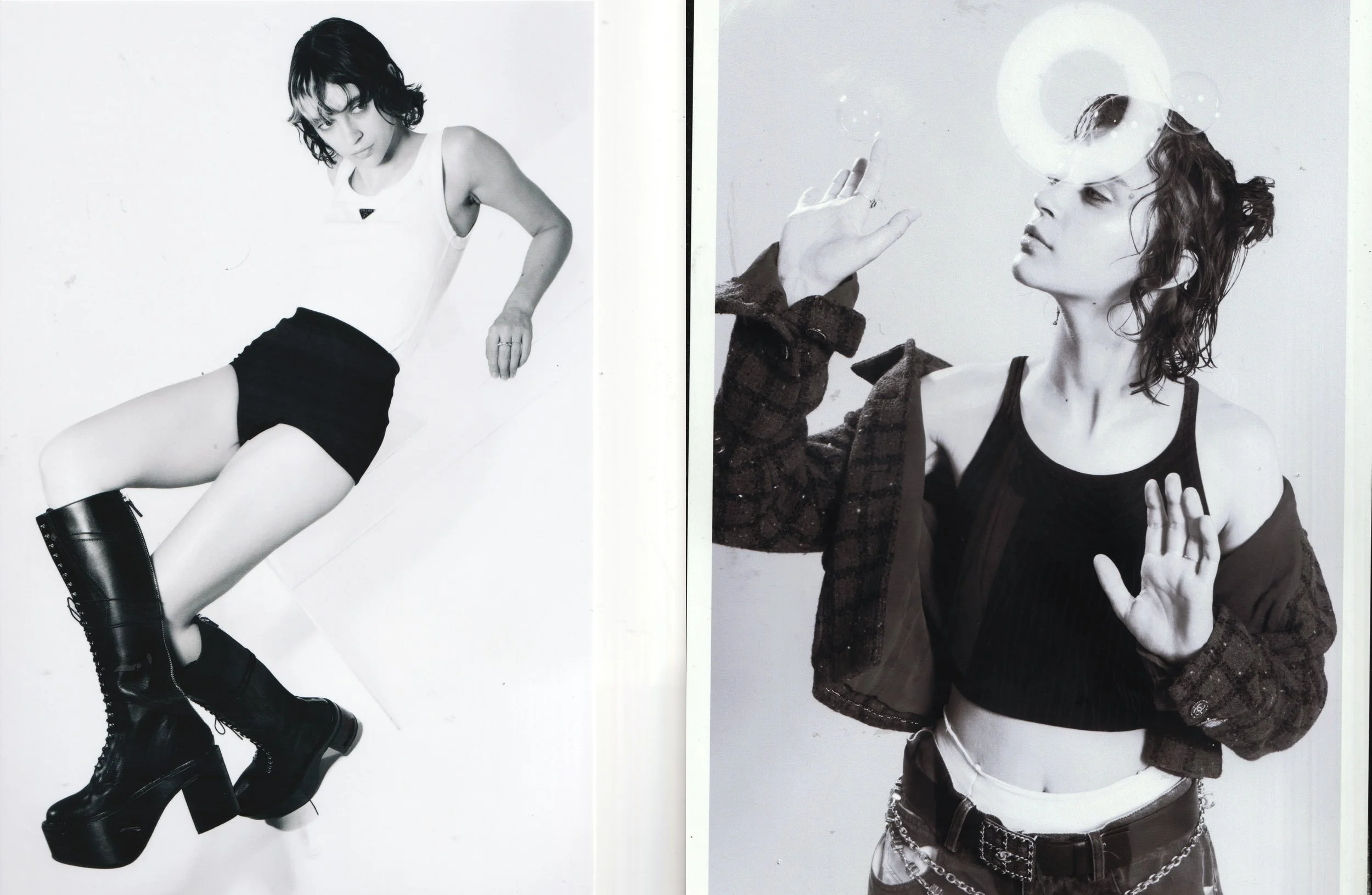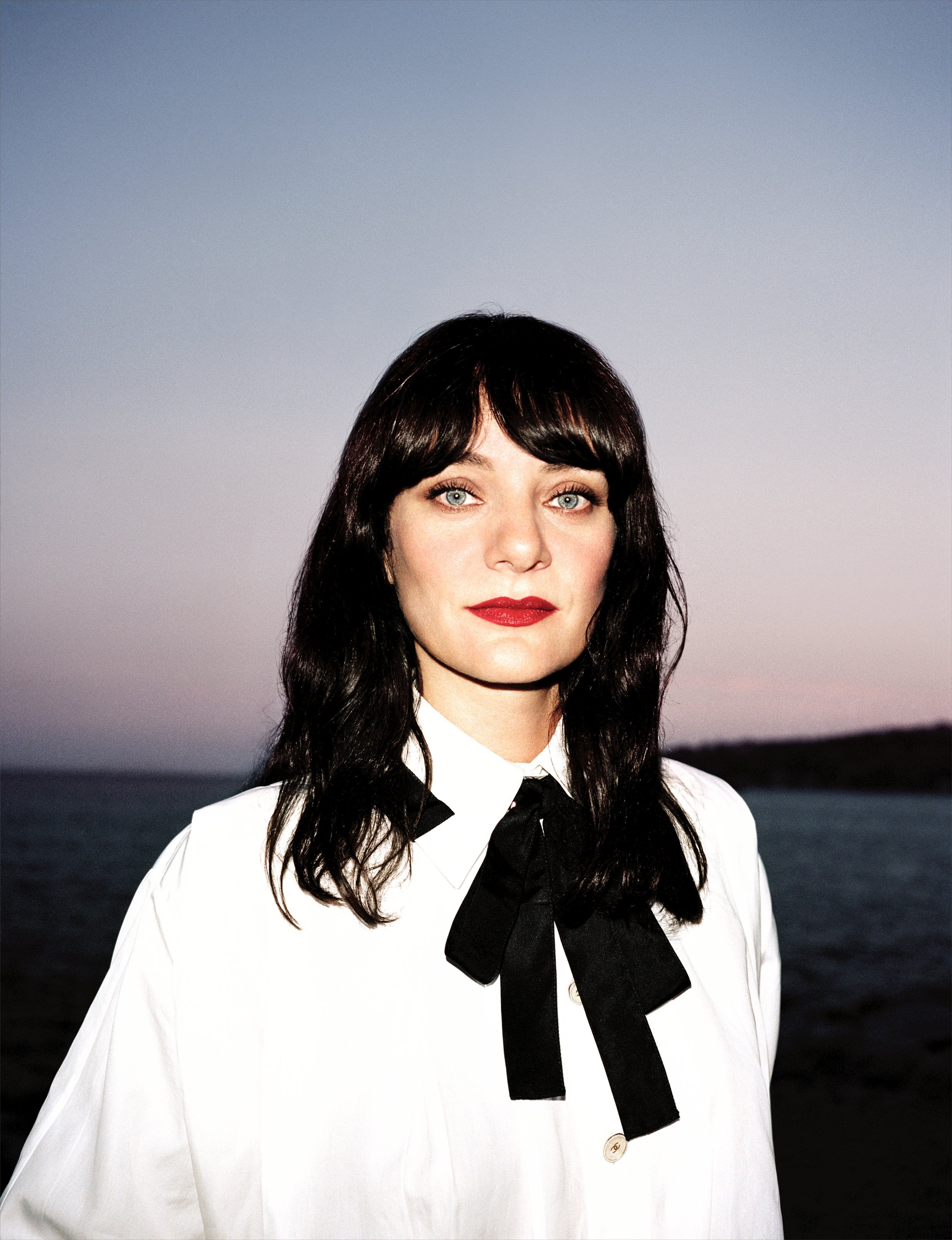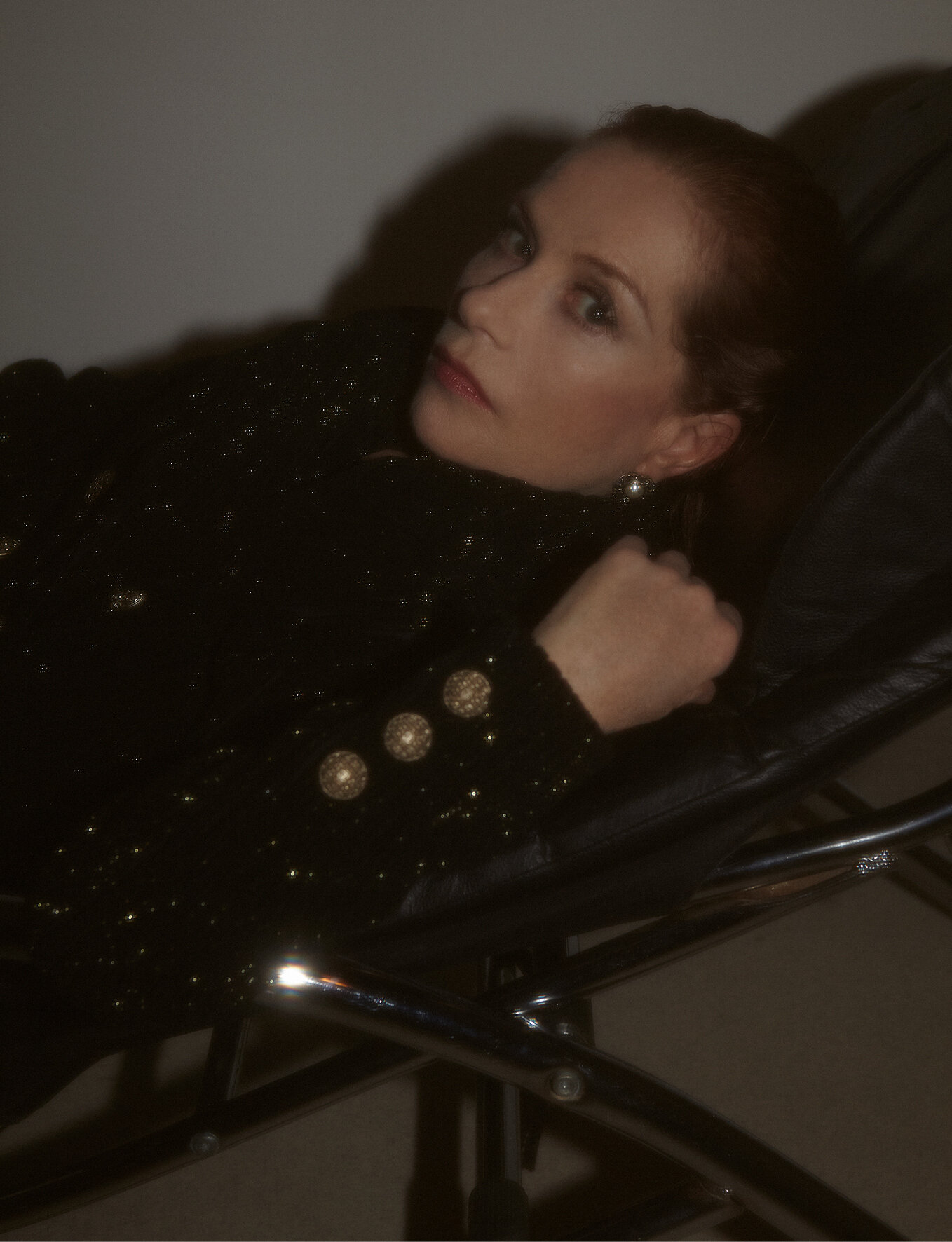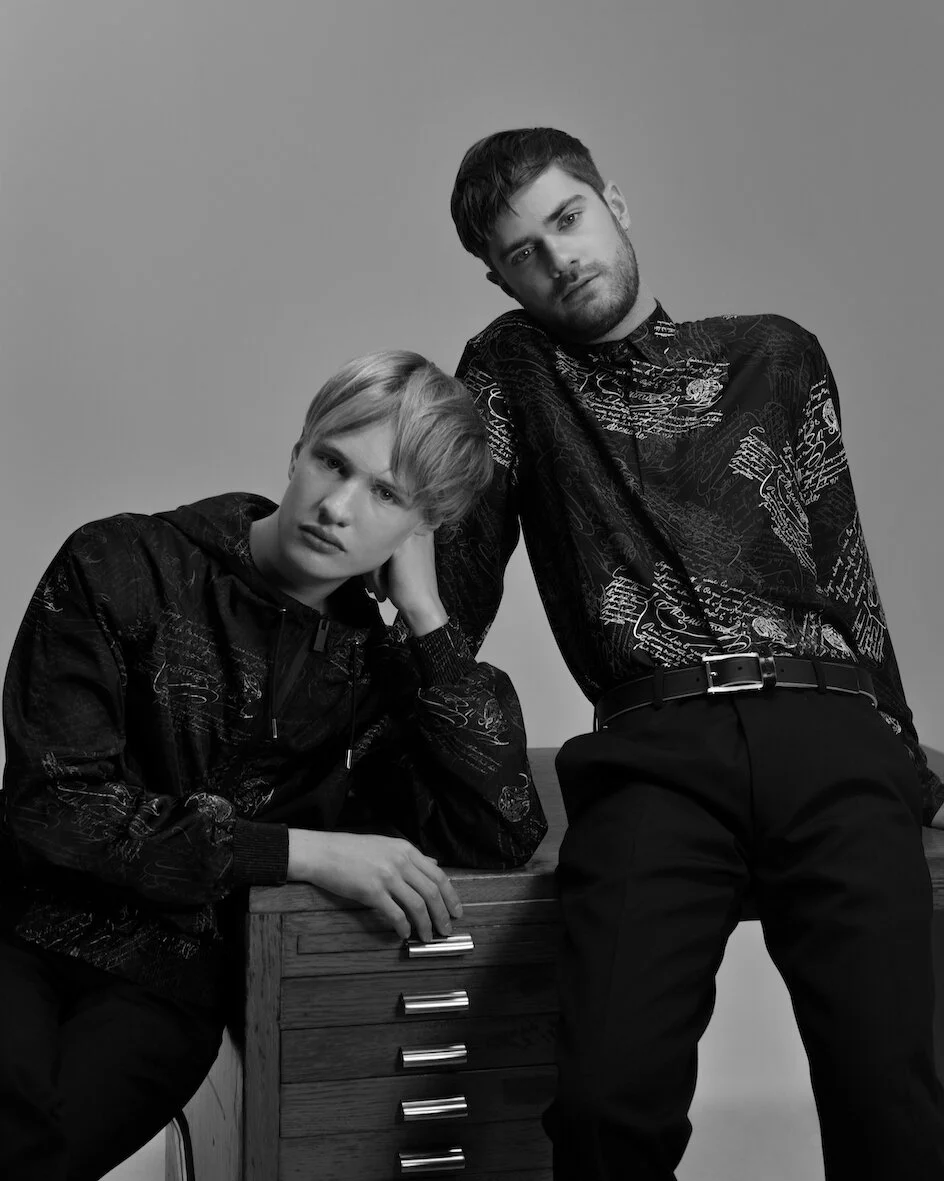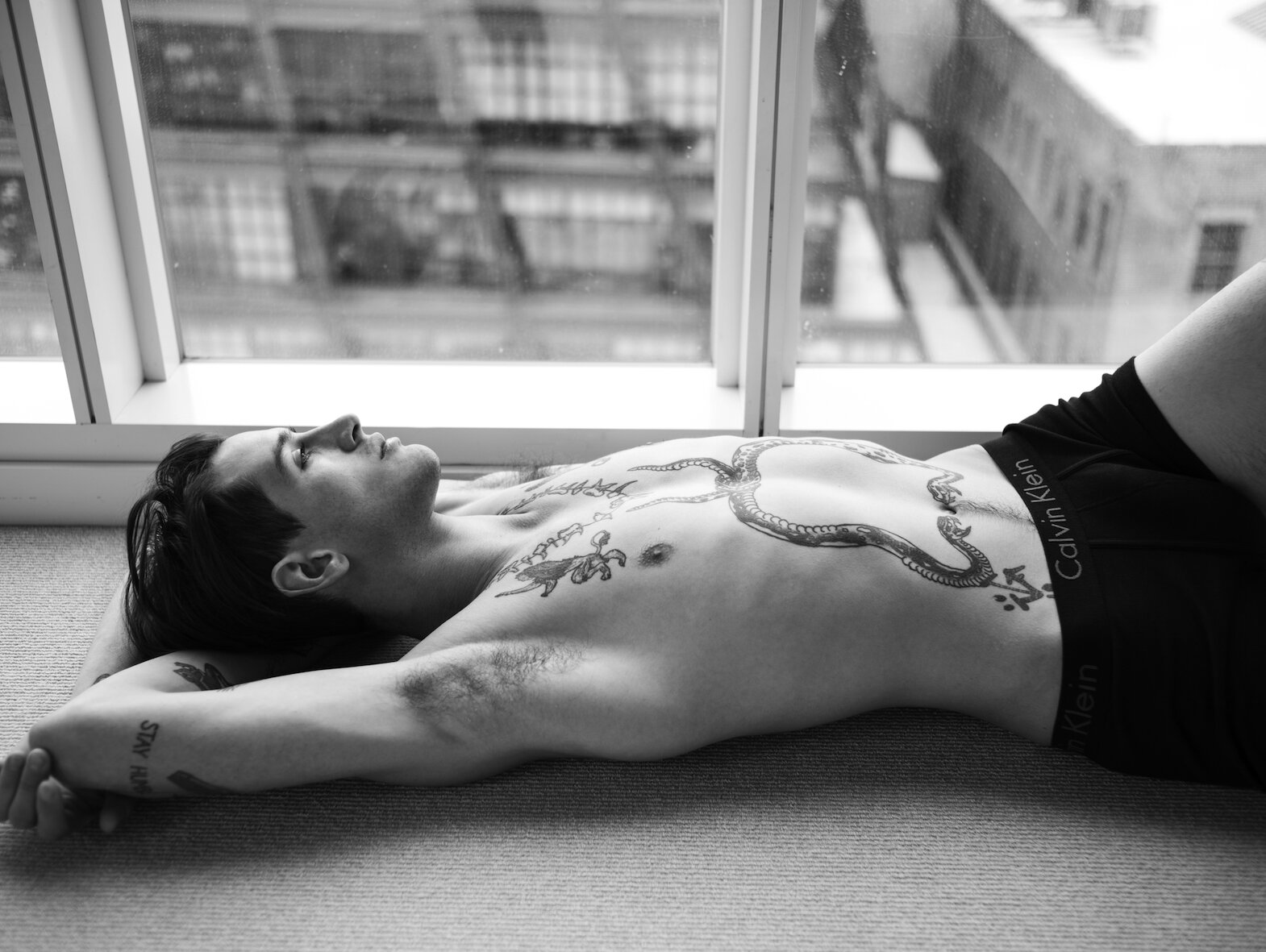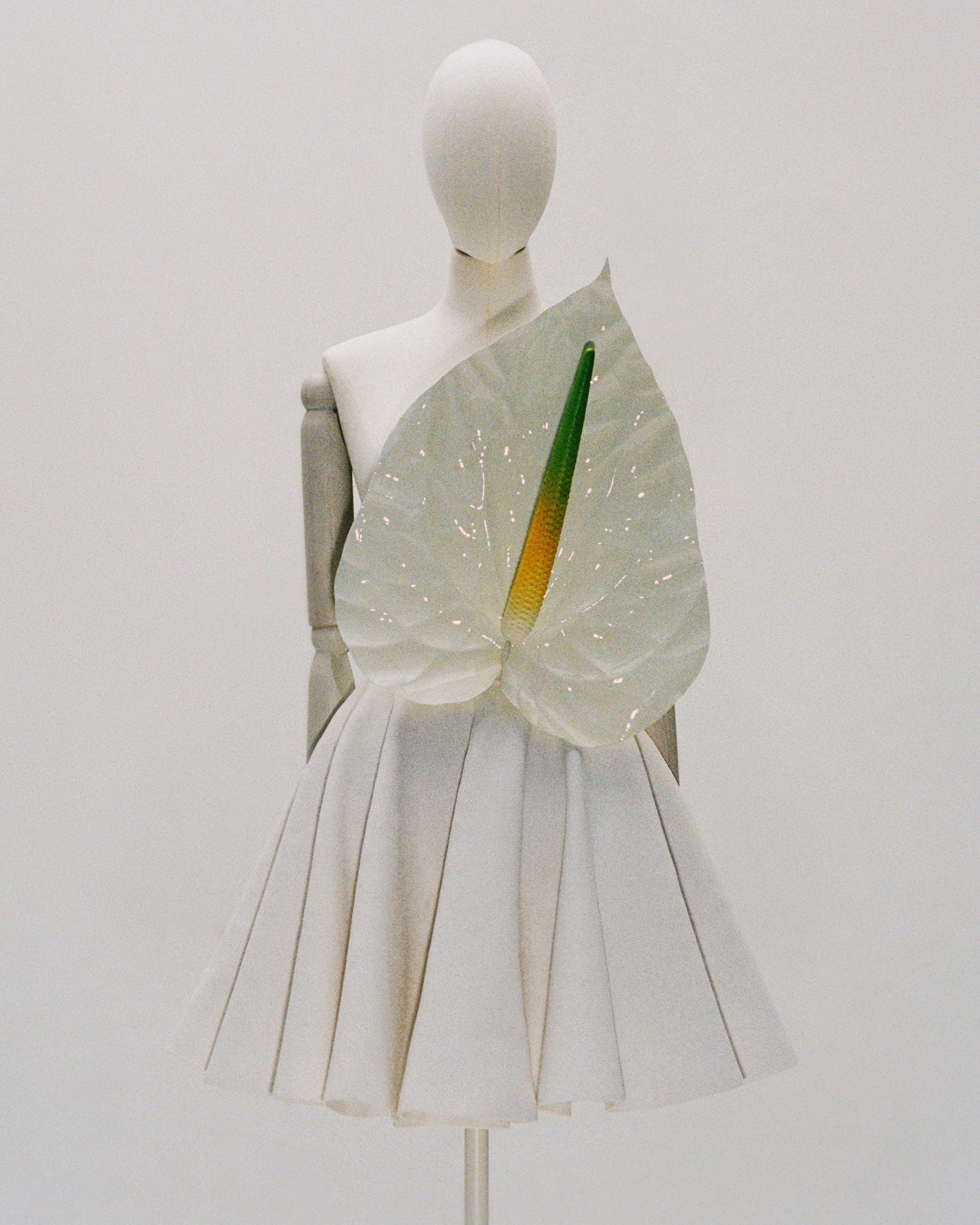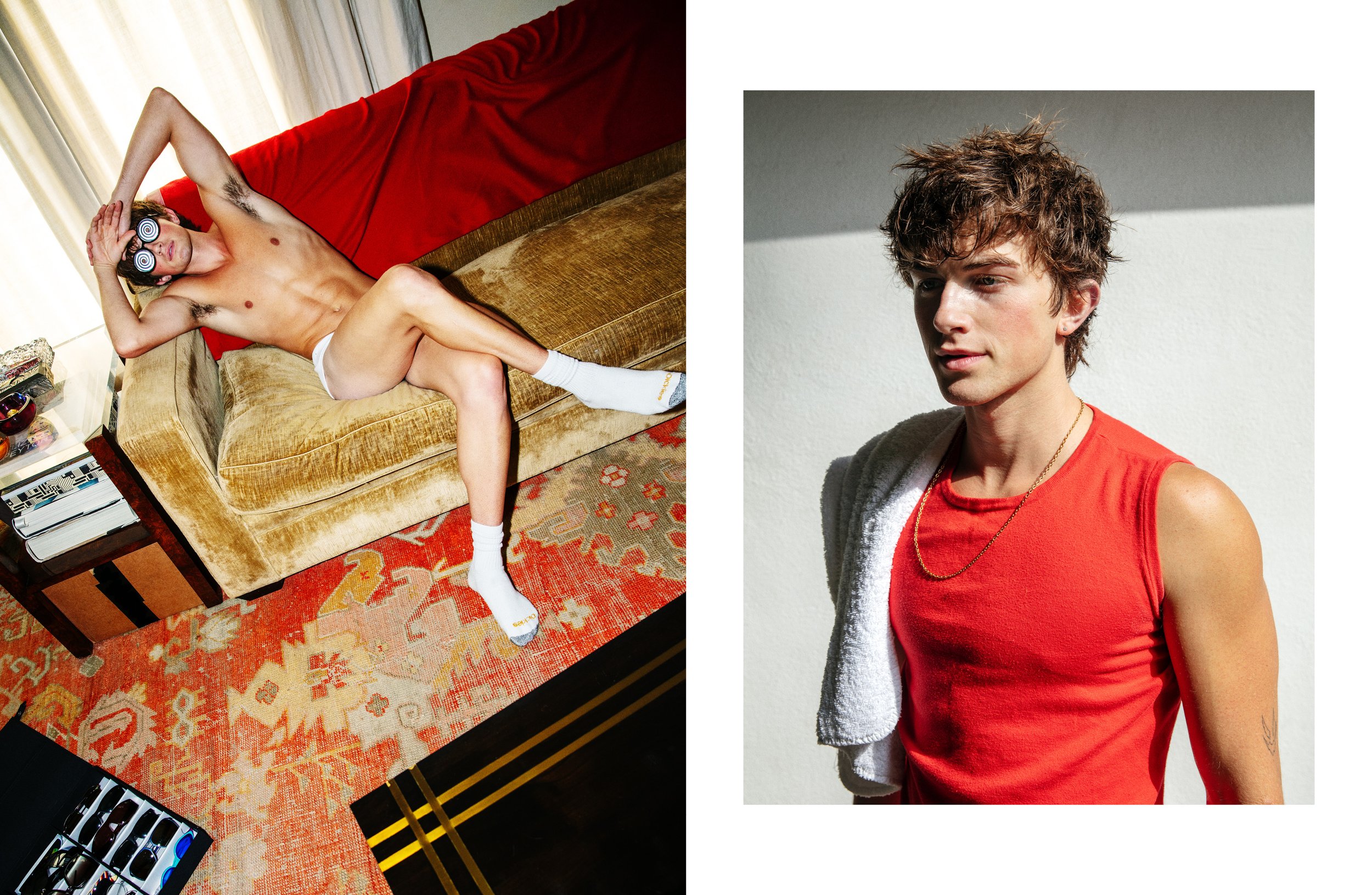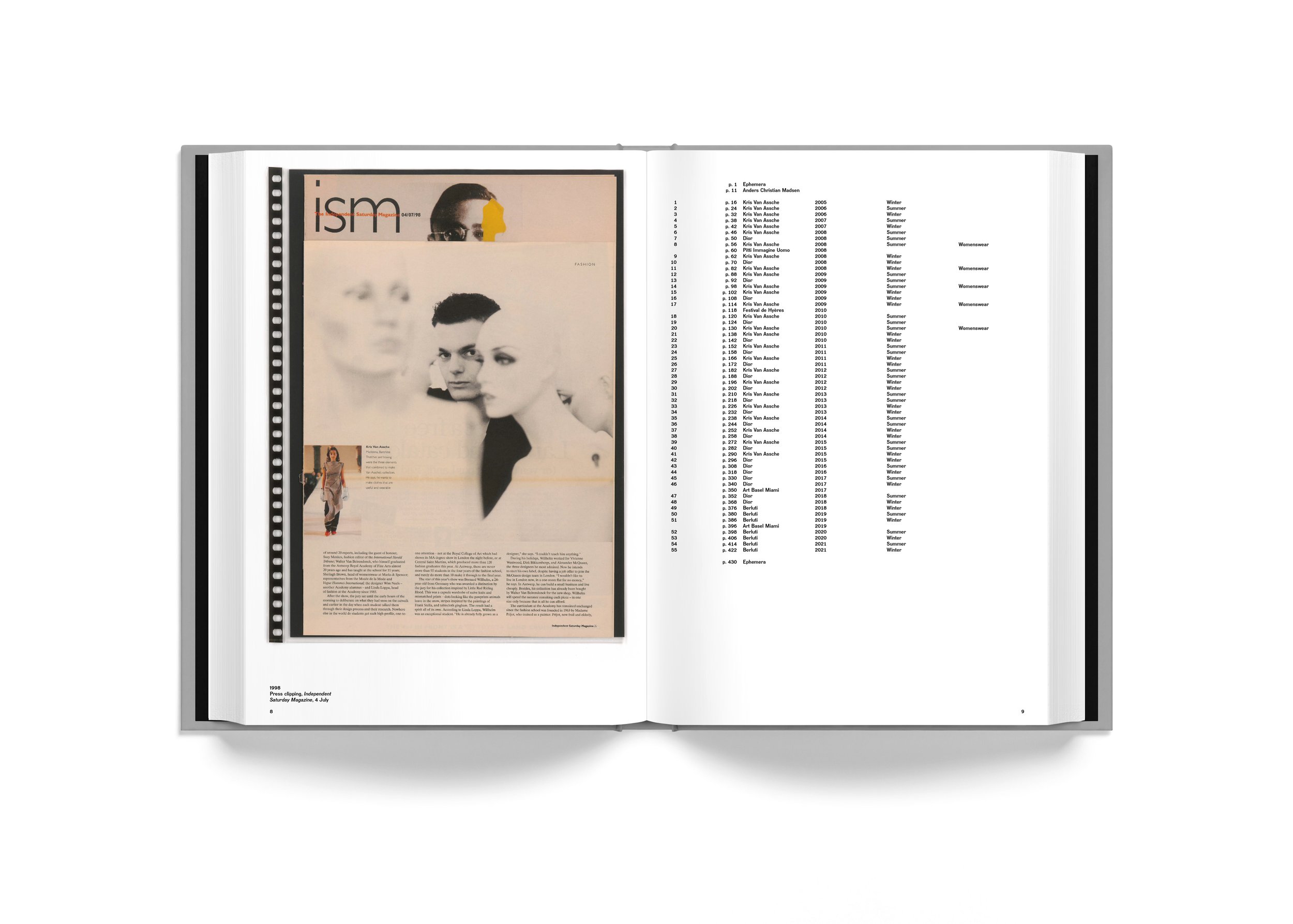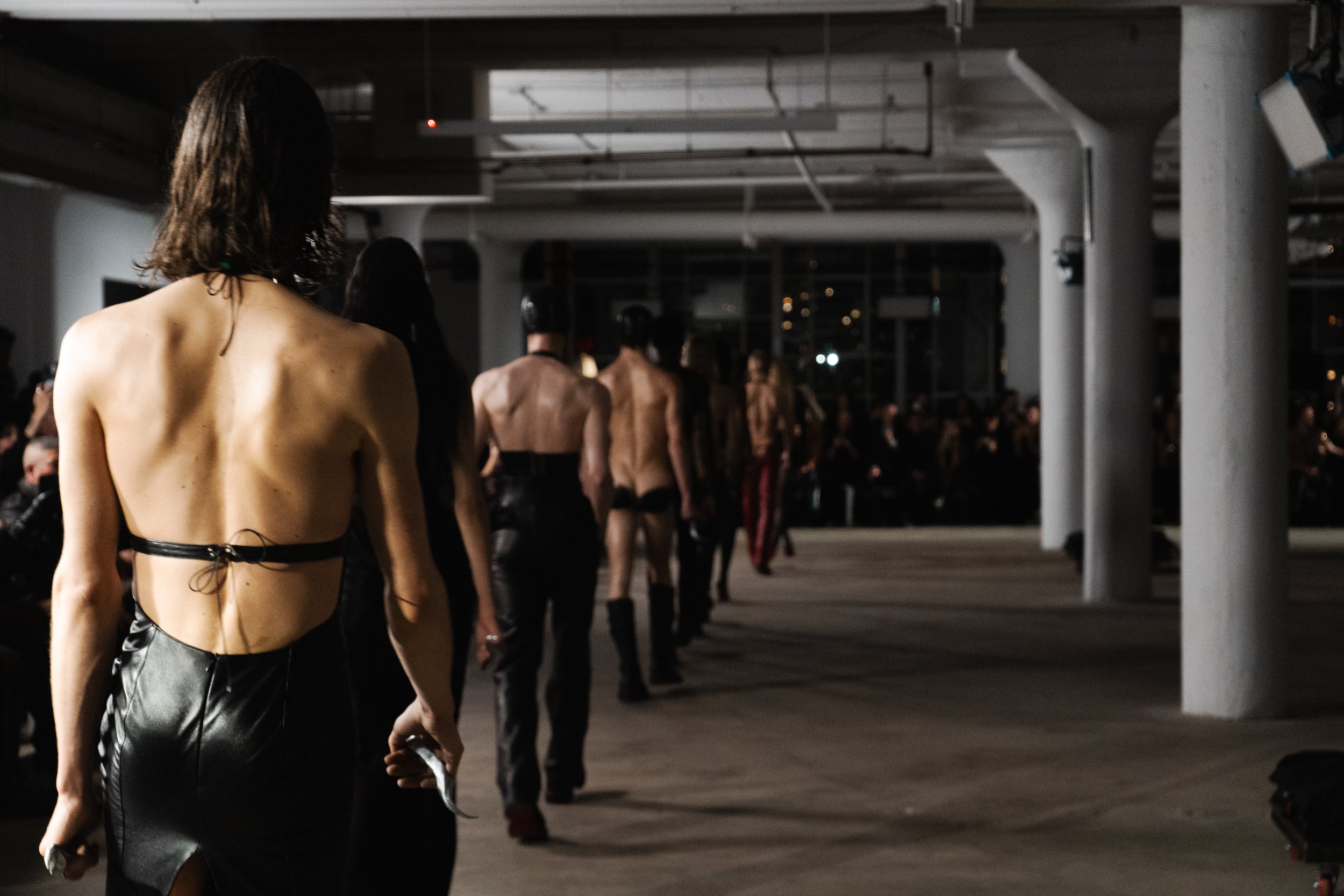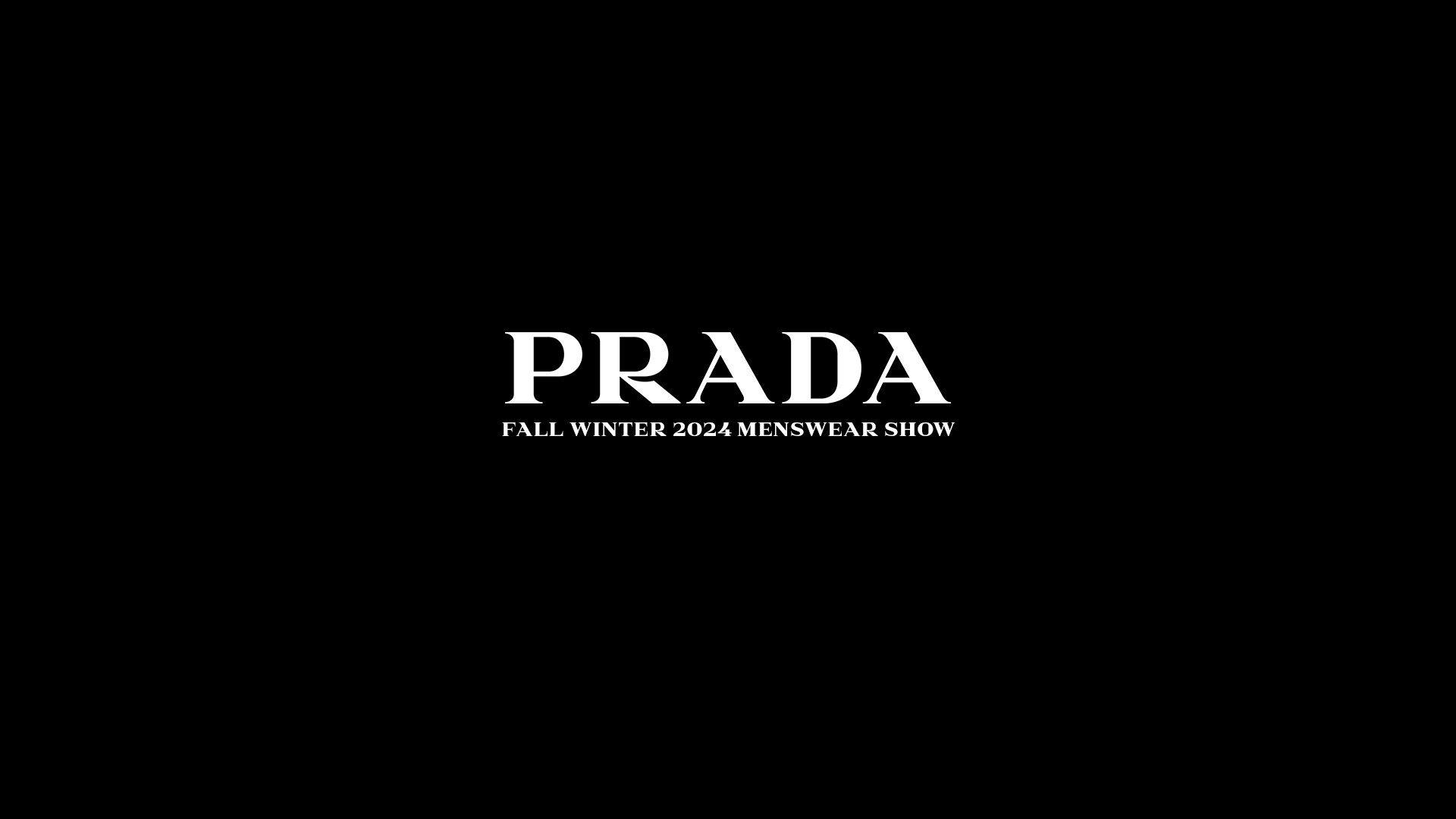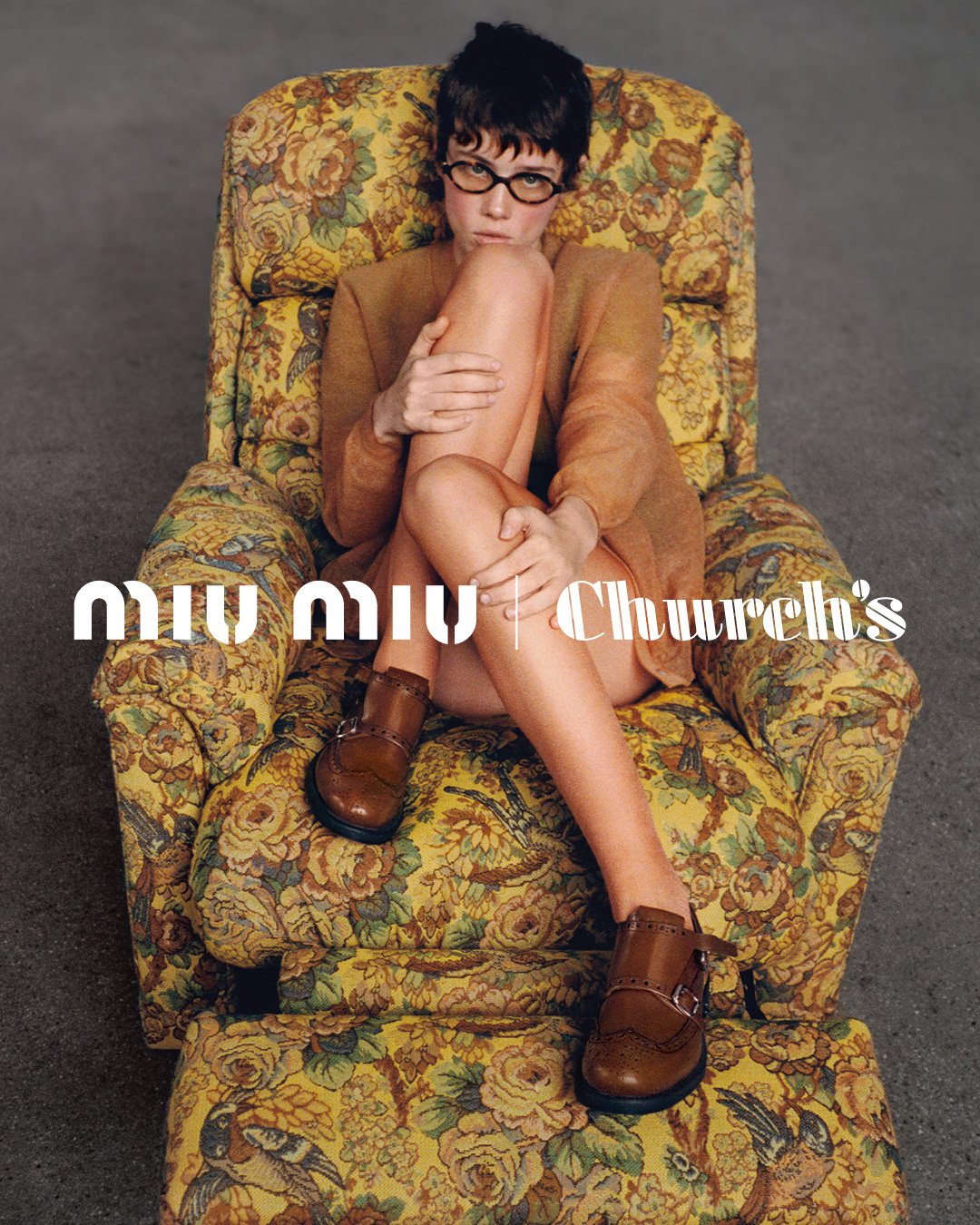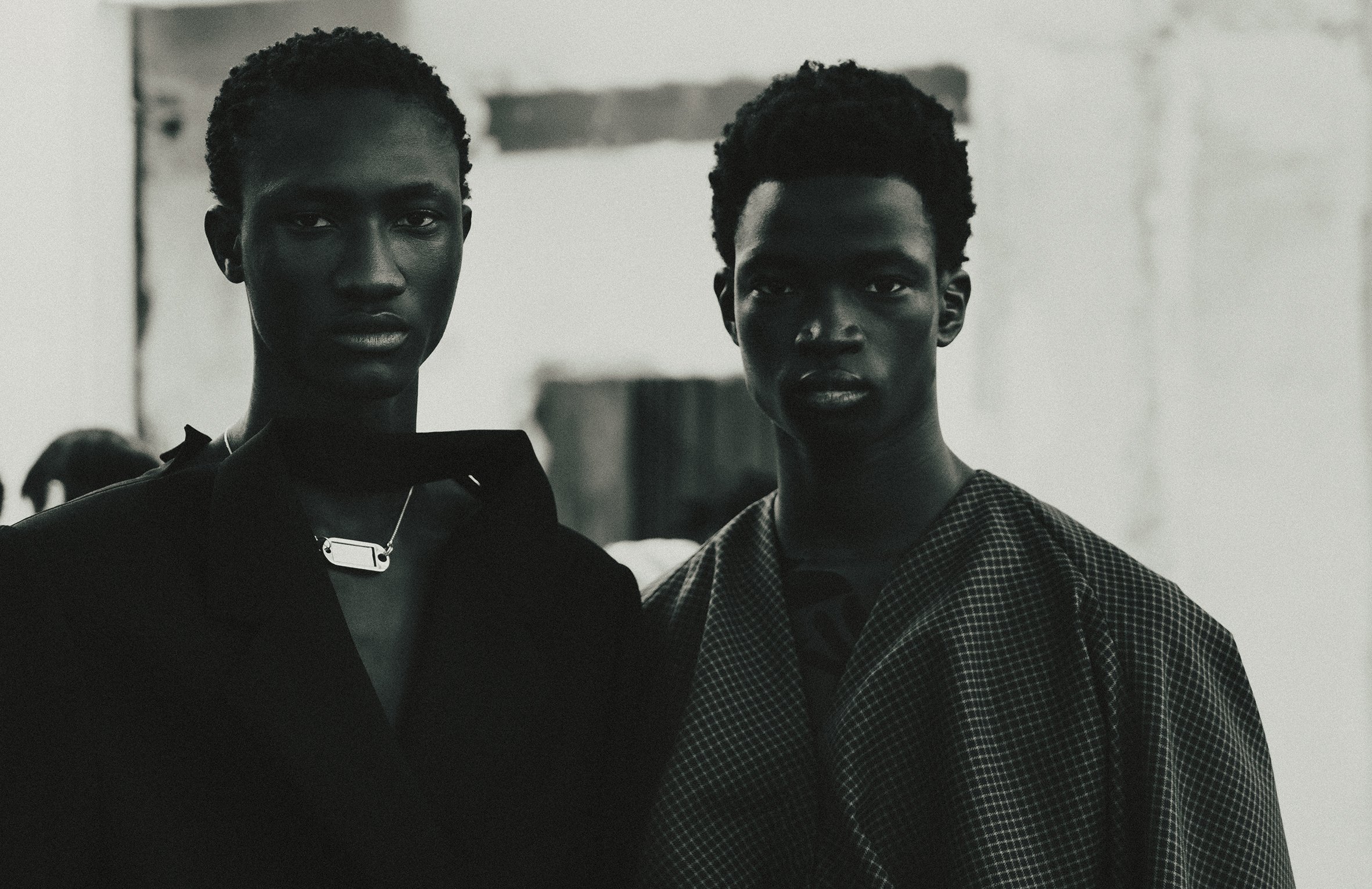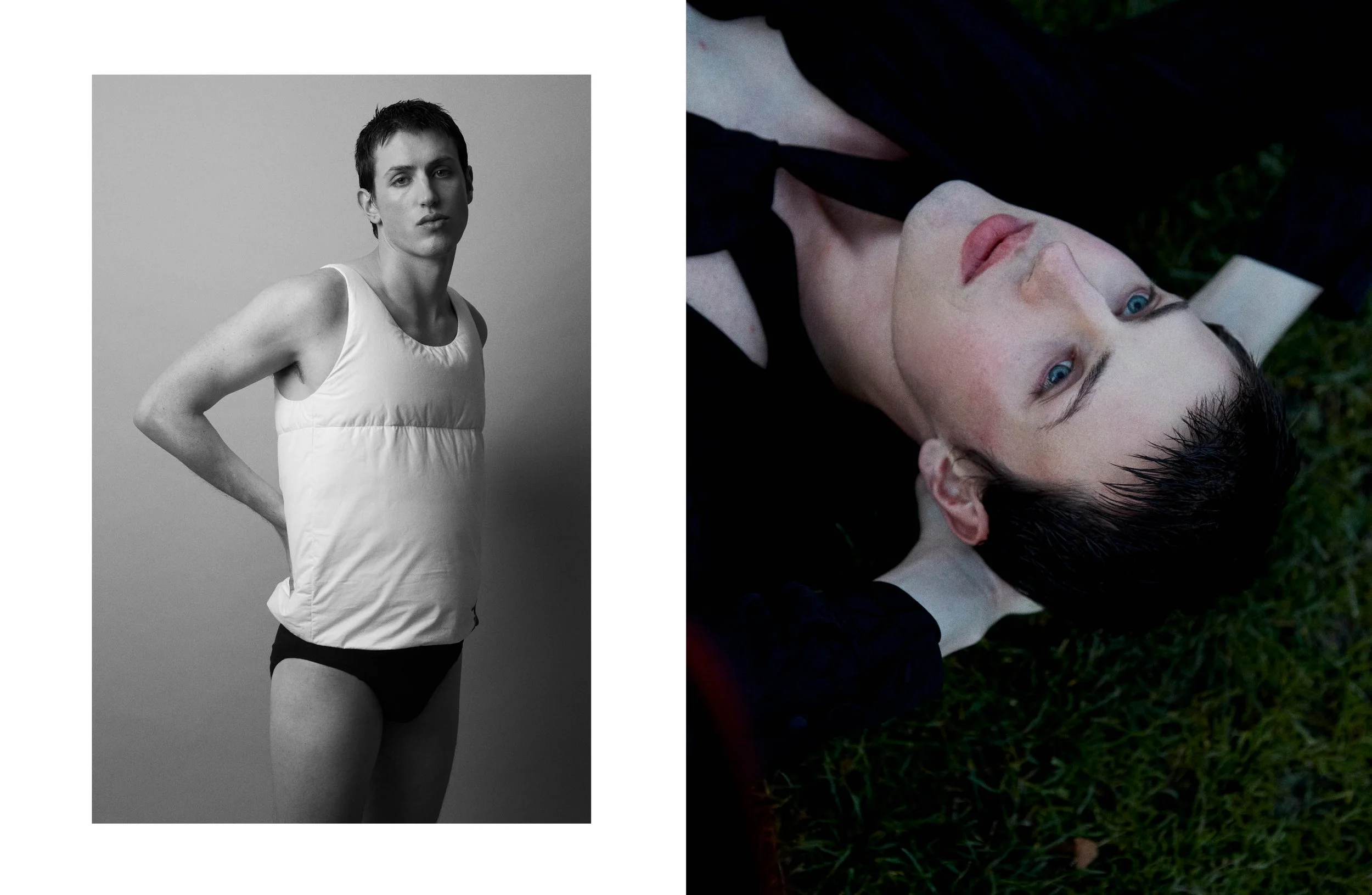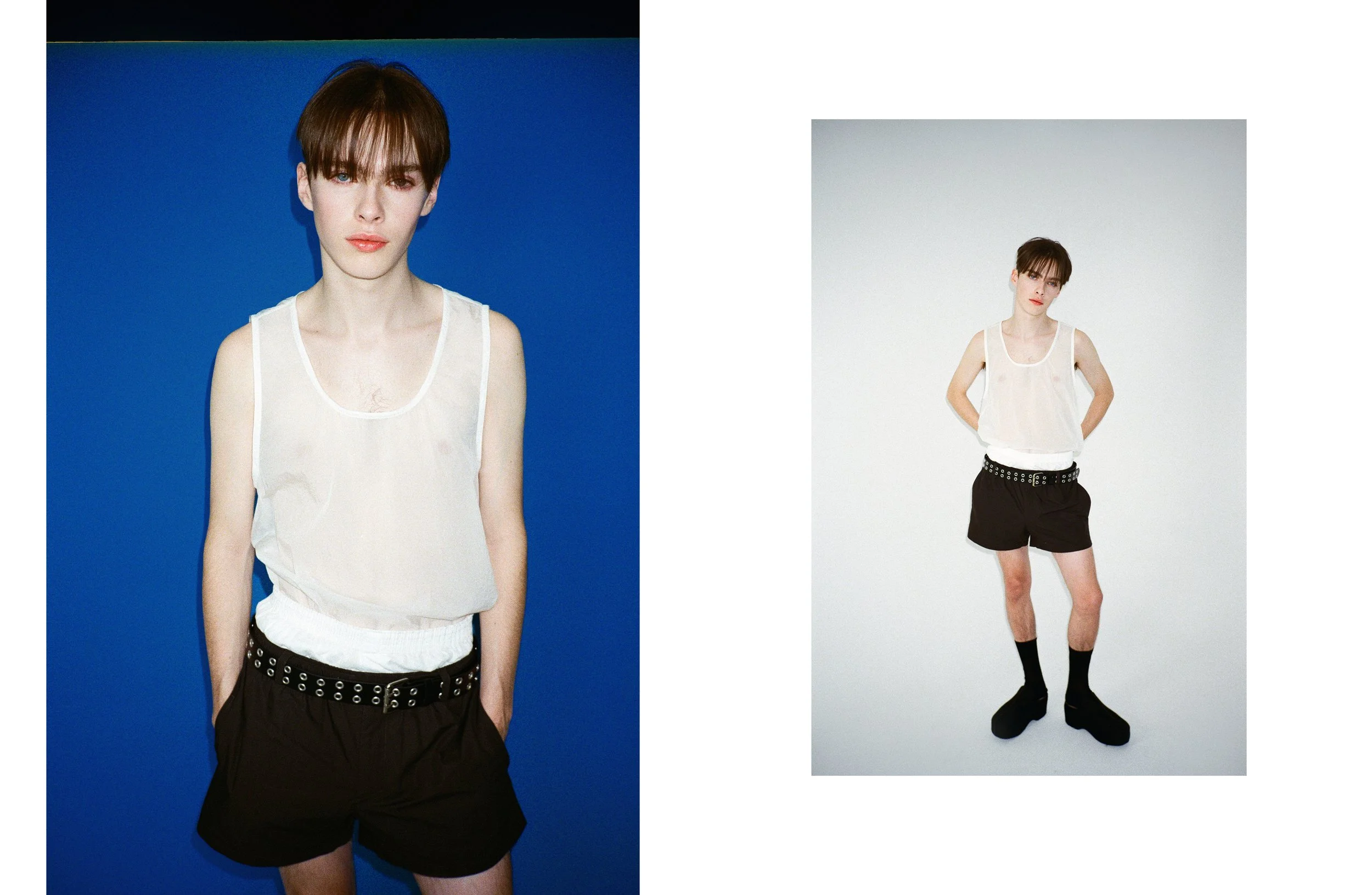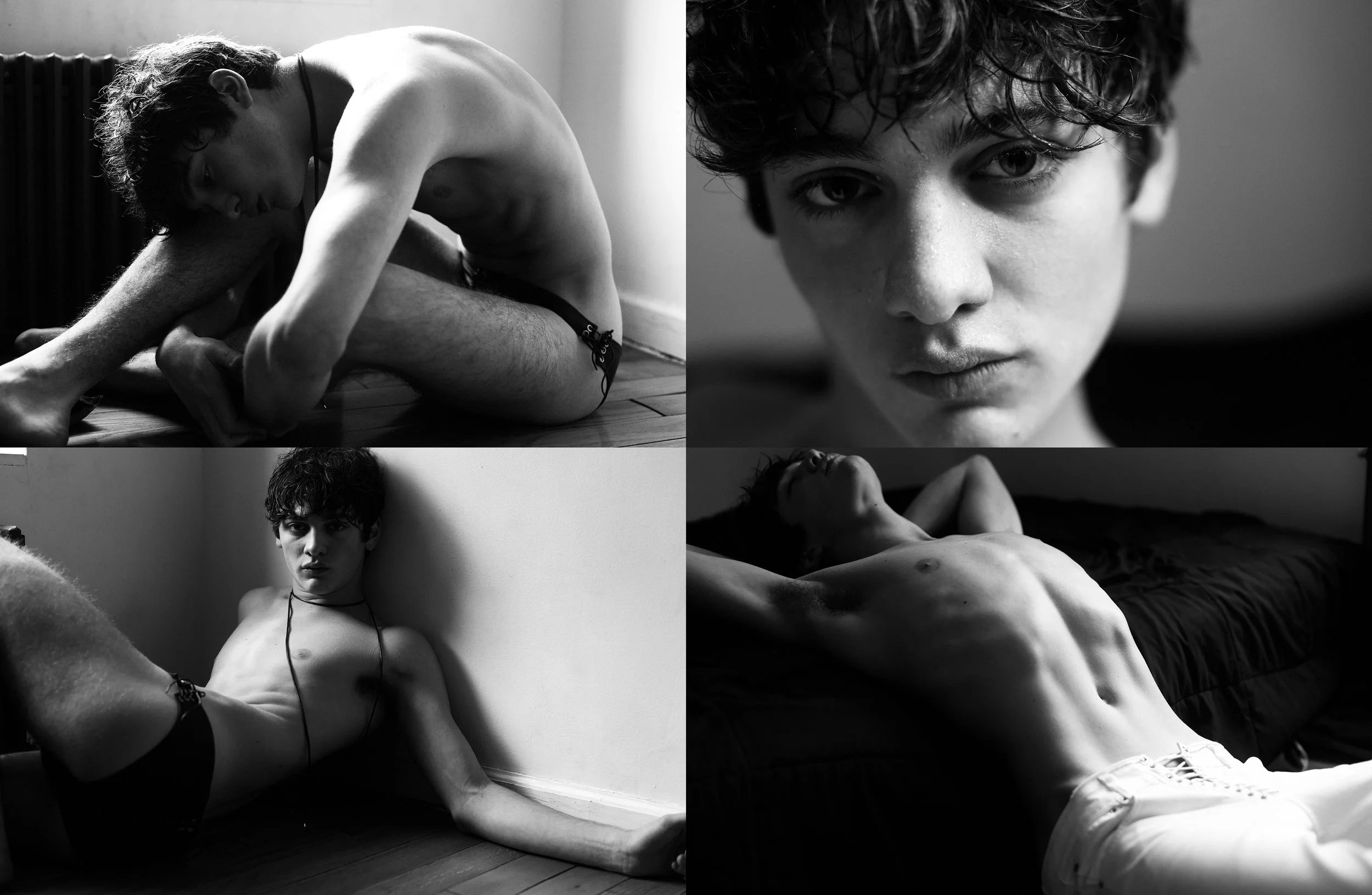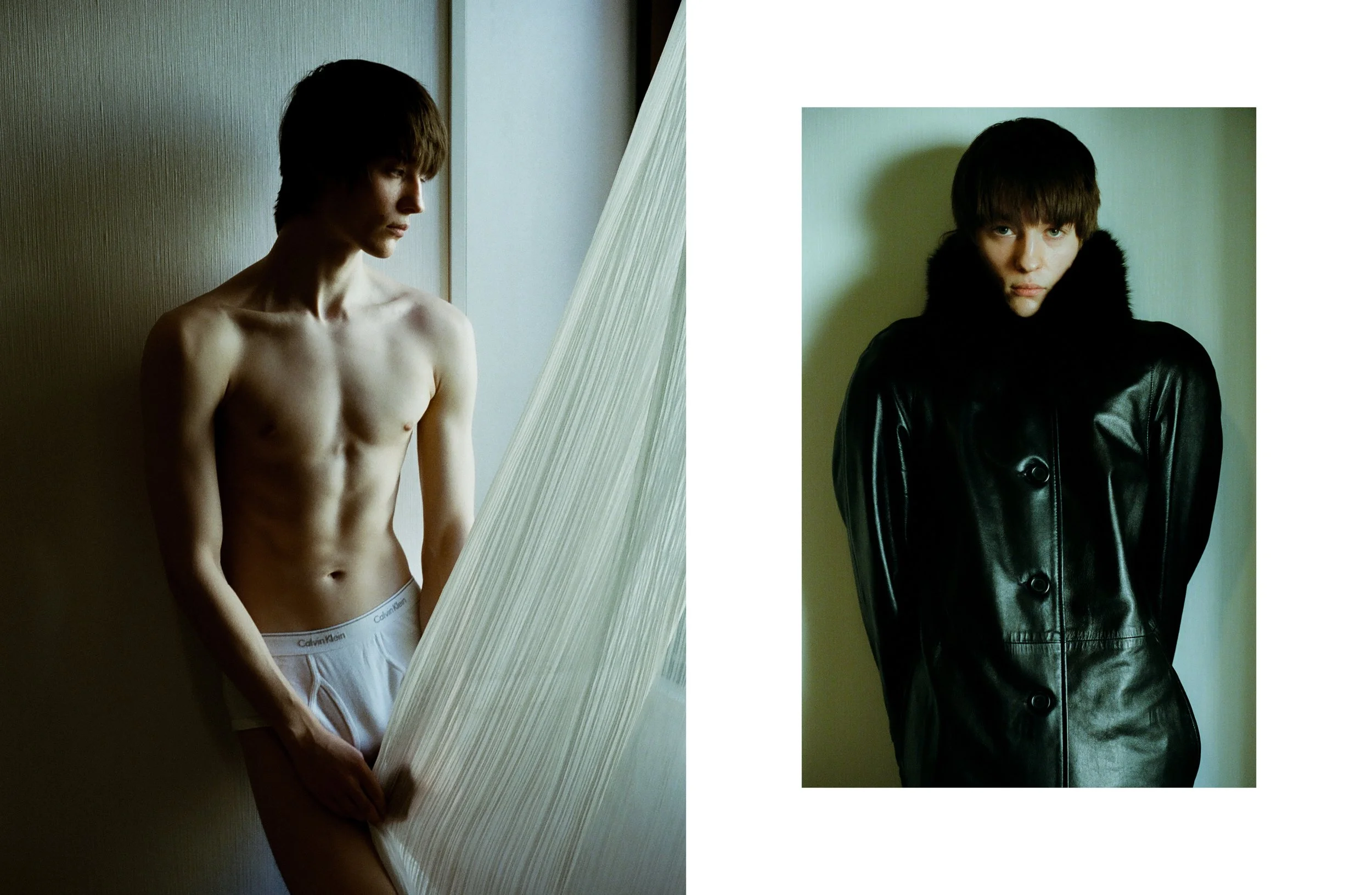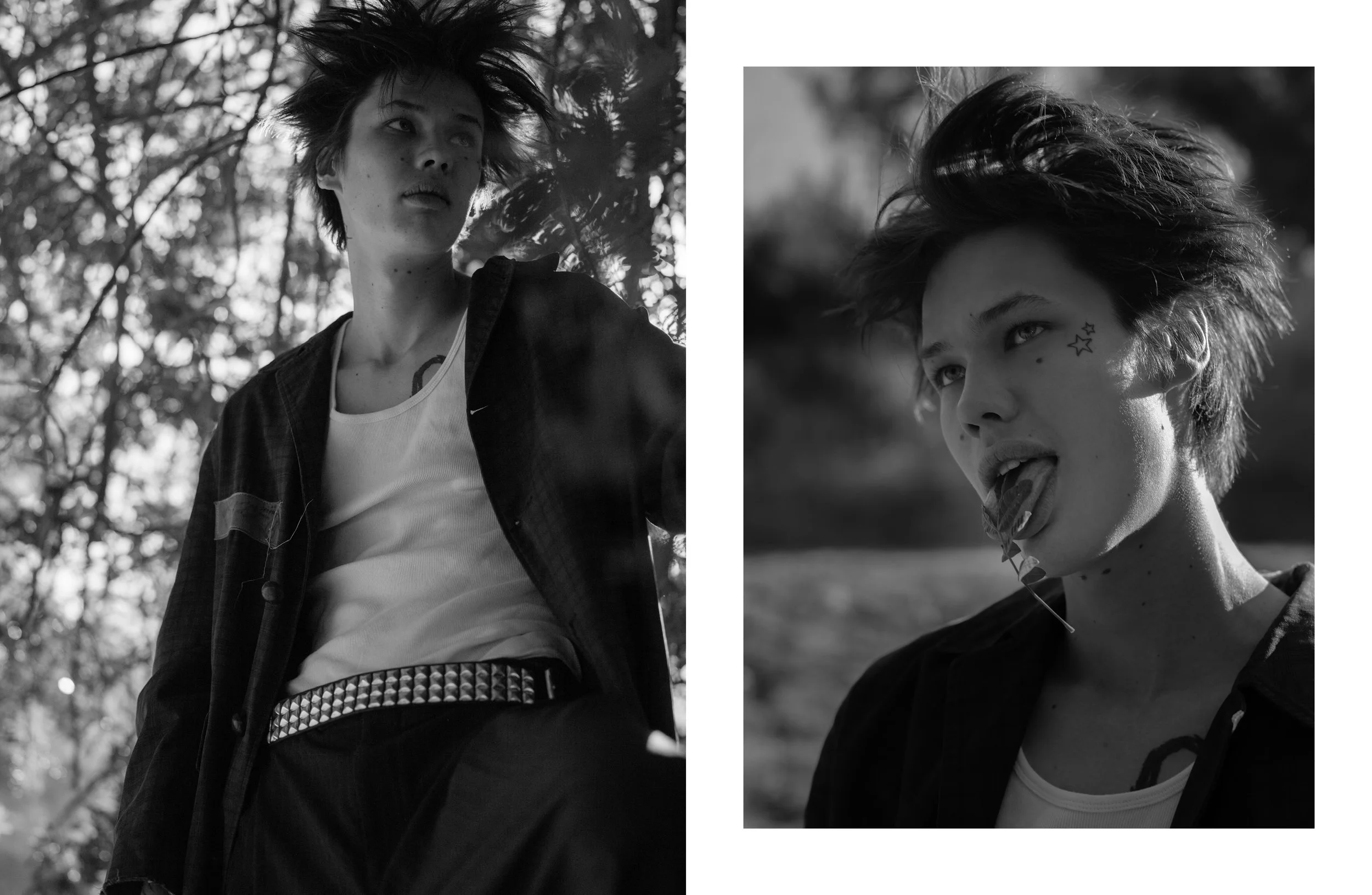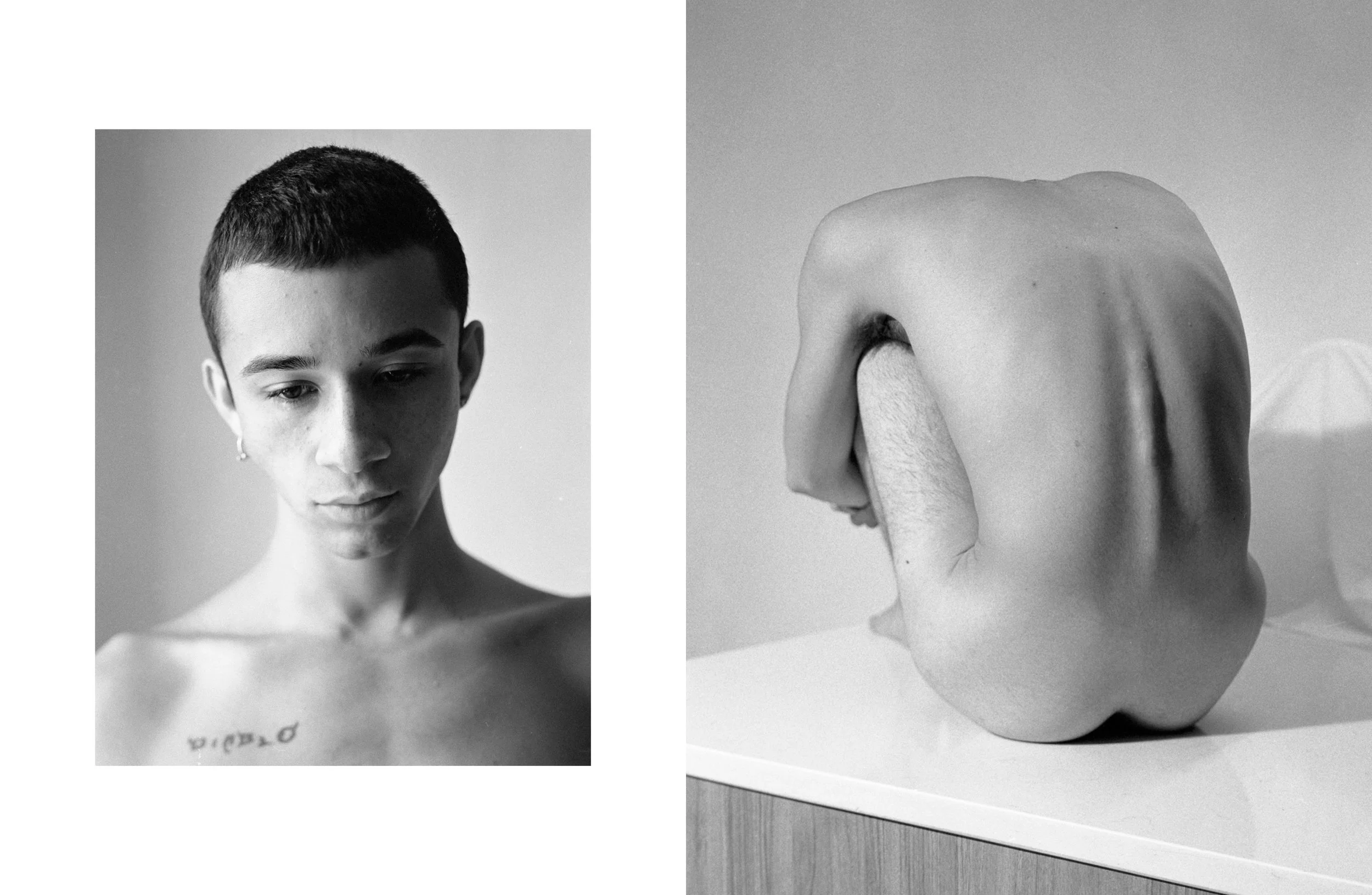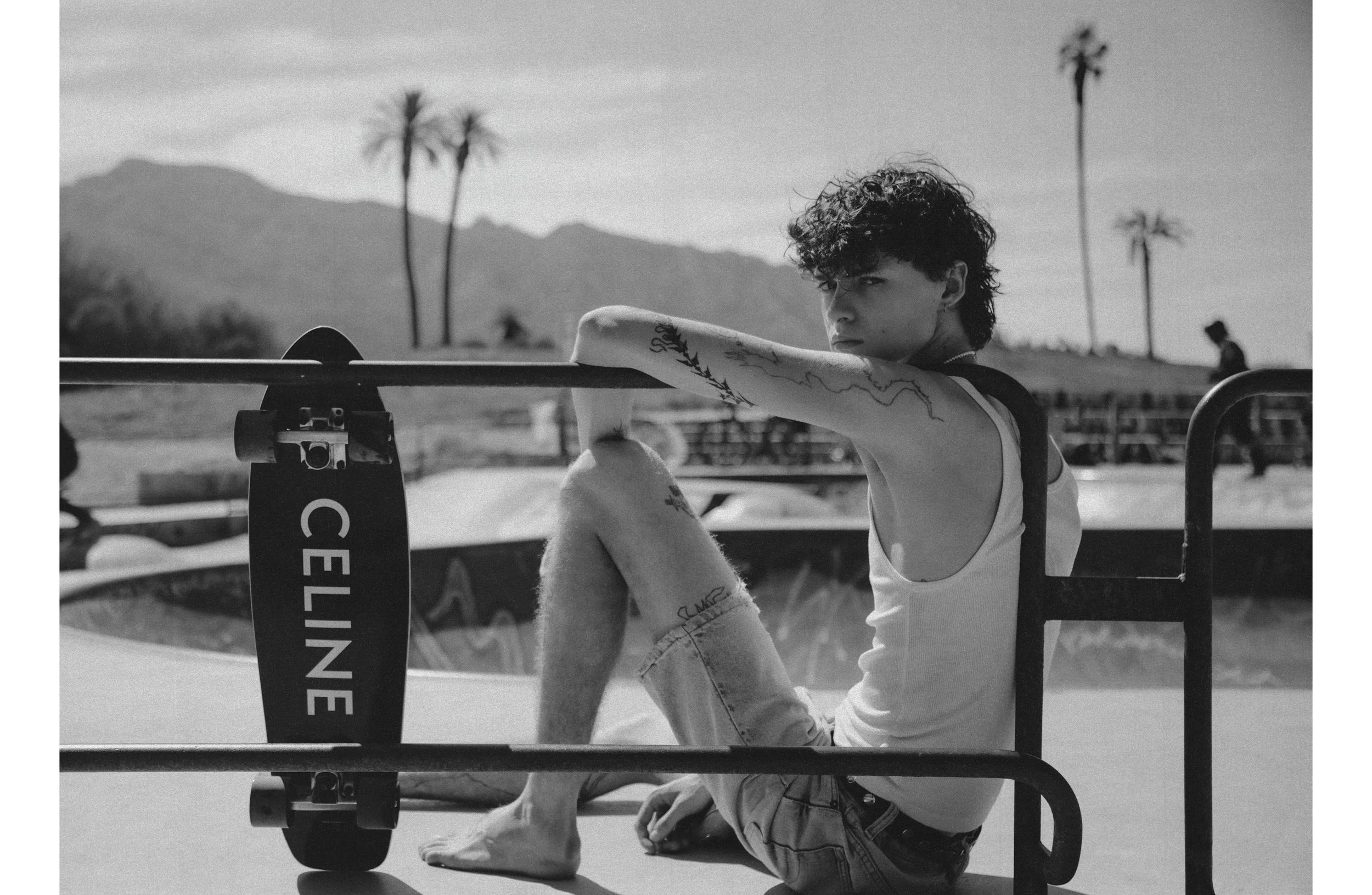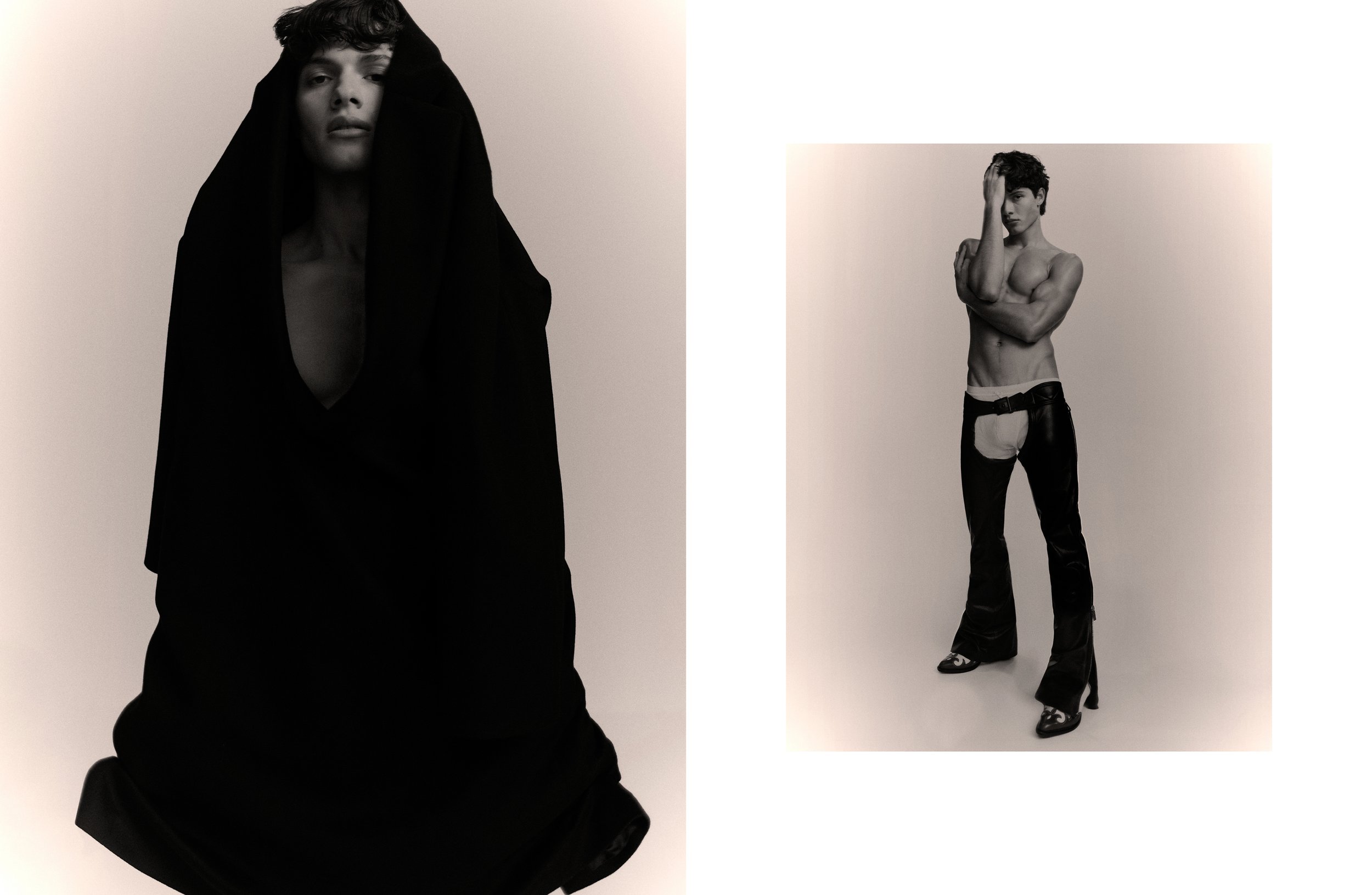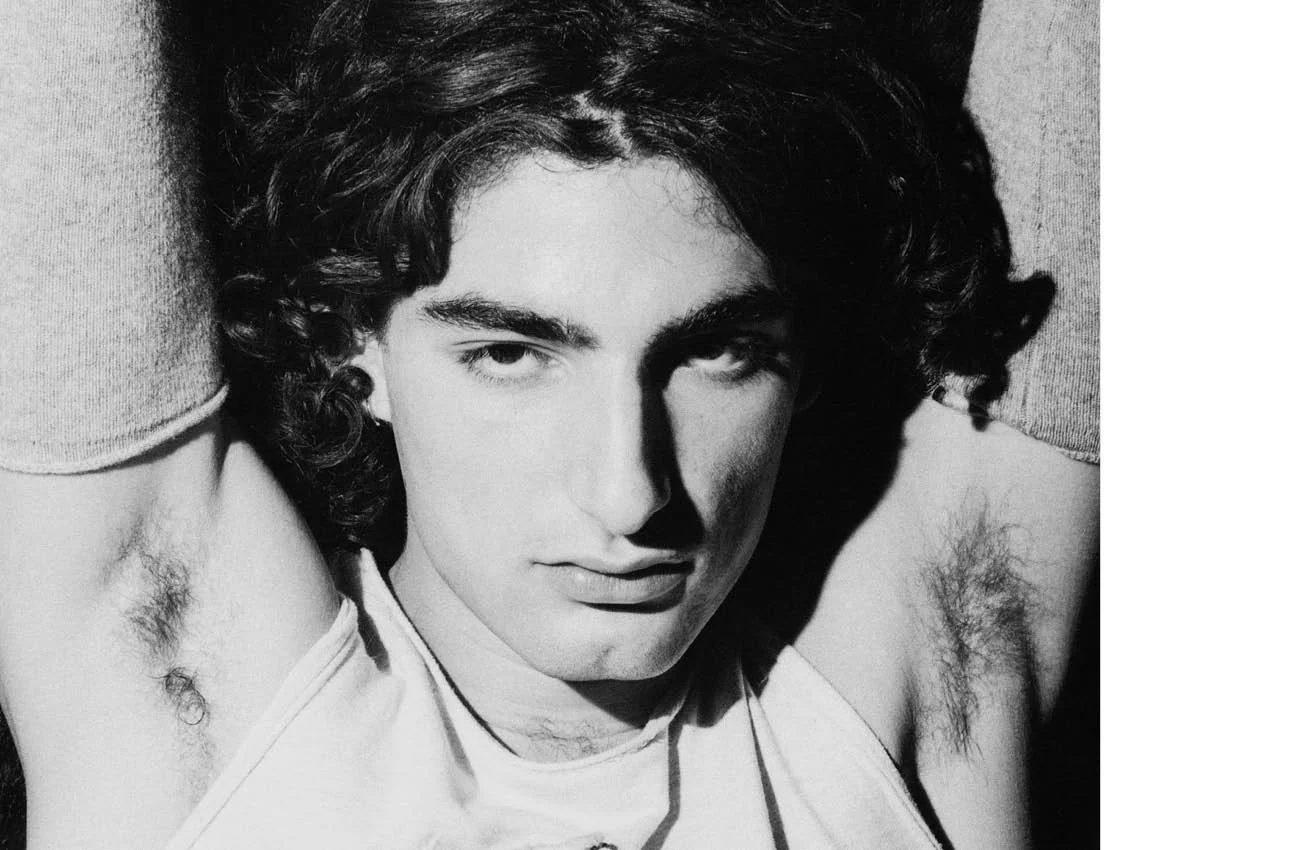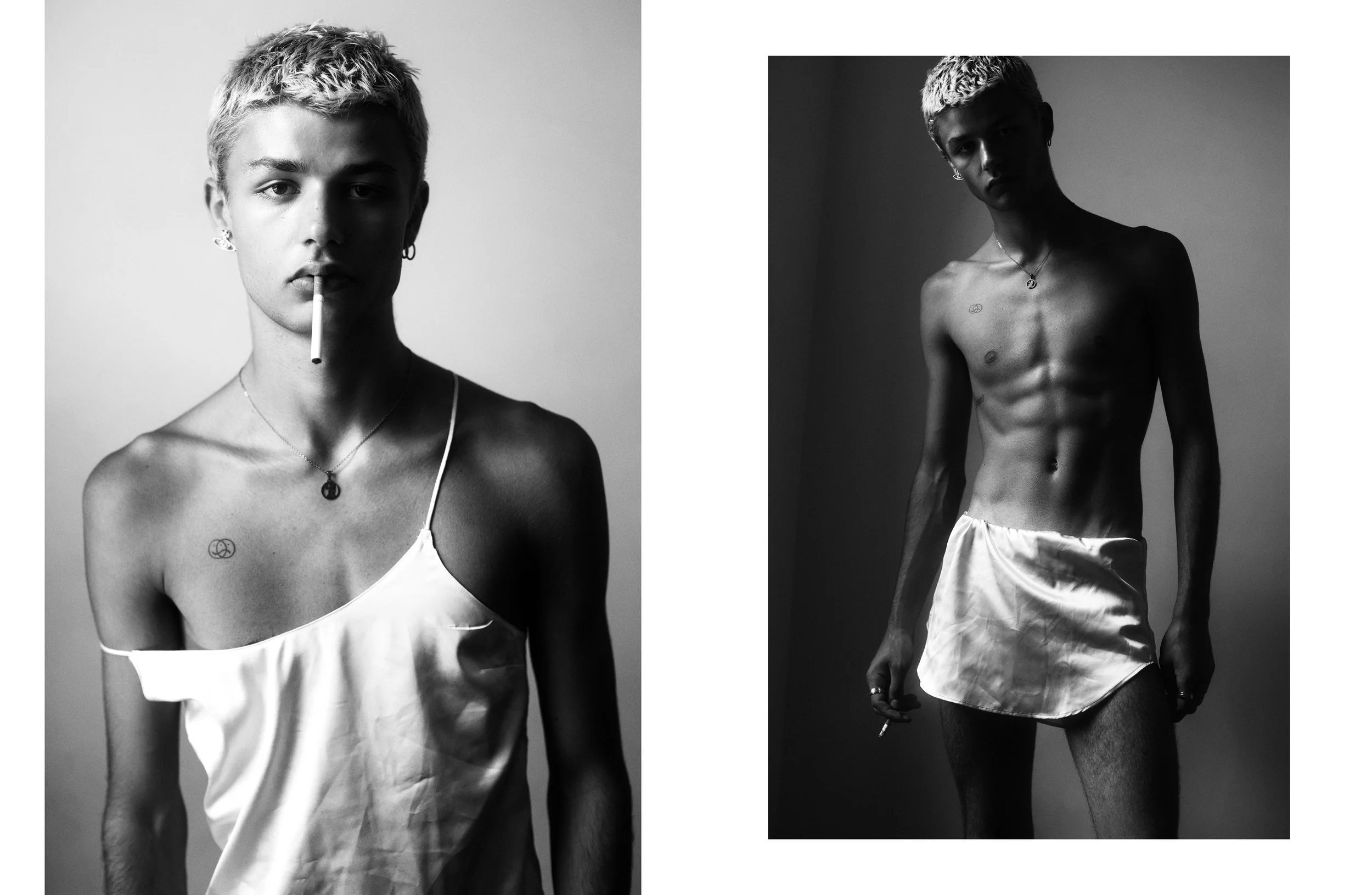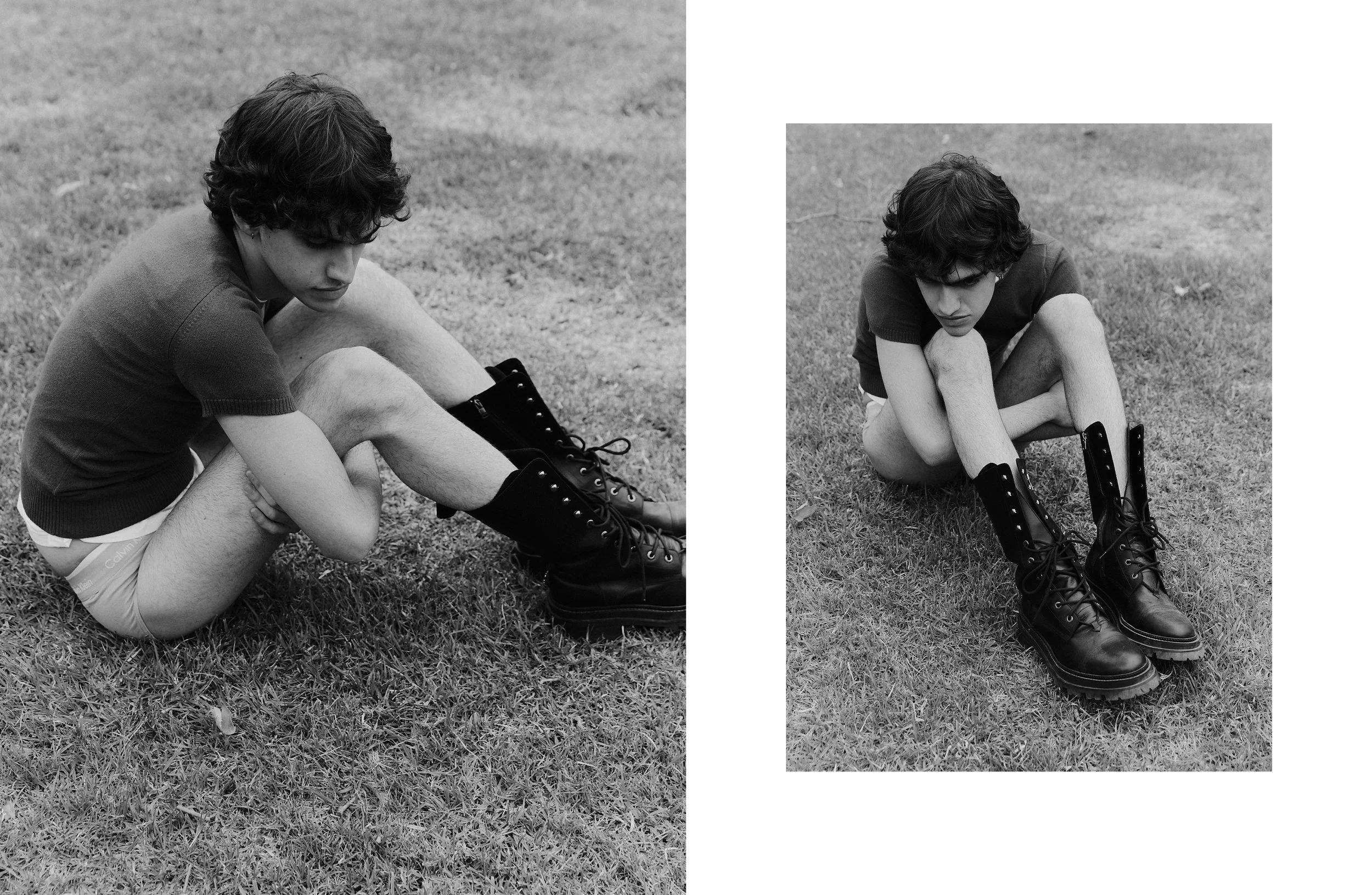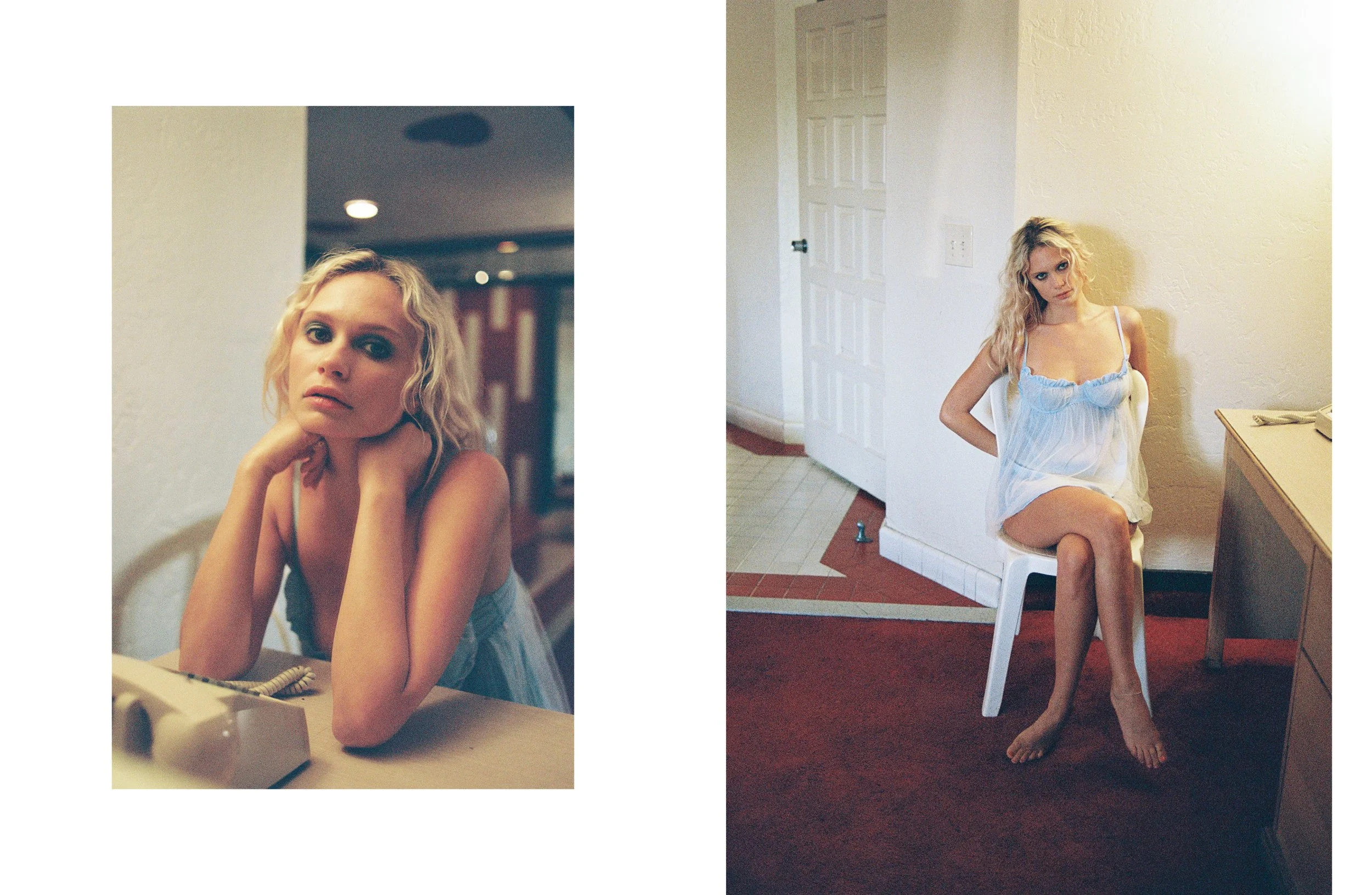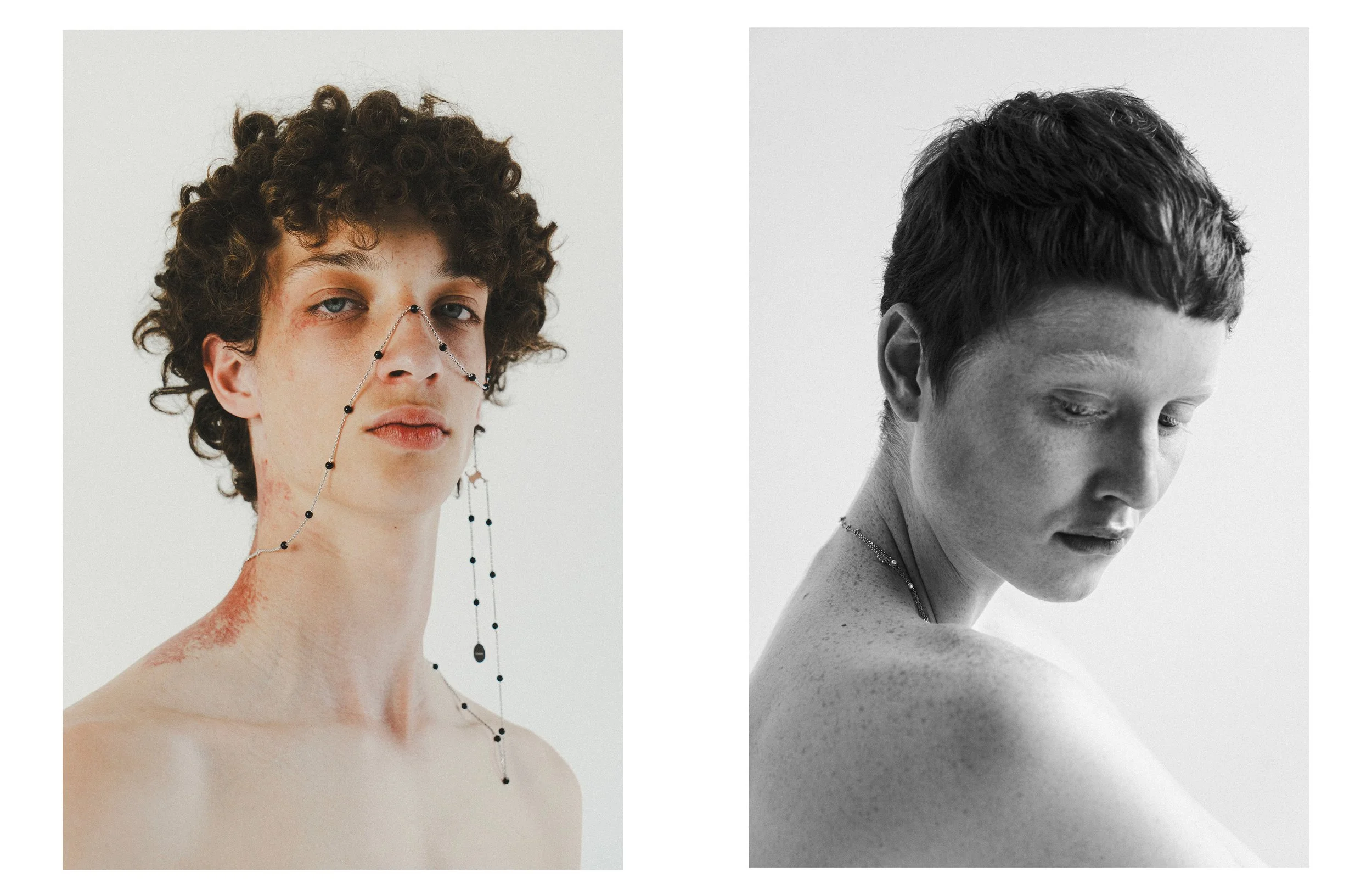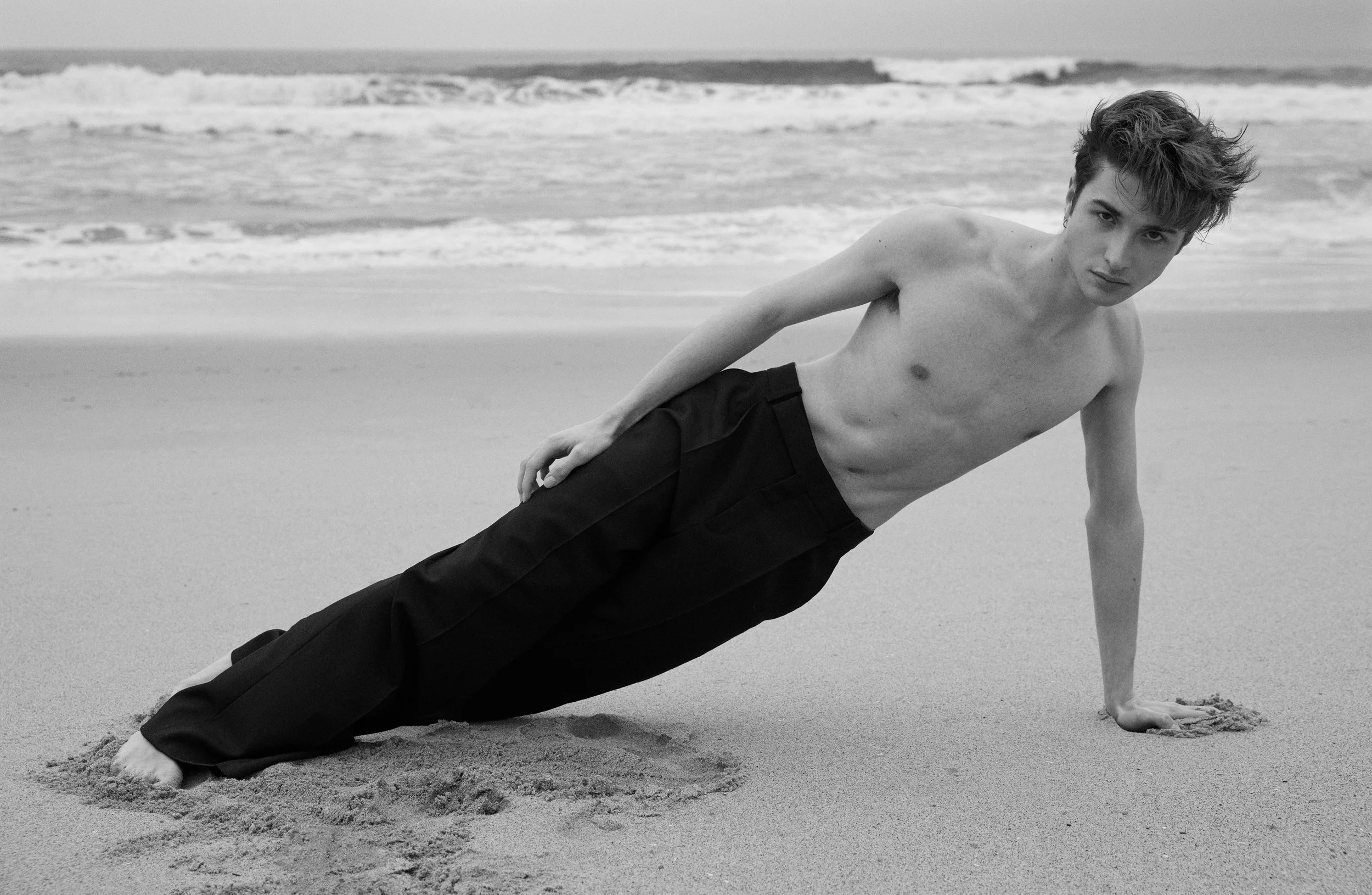JAVON ‘WANNA’ WALTON WAS JUST 11 YEARS-OLD WHEN HE WAS CAST IN HIS BREAKOUT ACTING ROLE AS ASHTRAY IN HBO’S CULT TEEN DRAMA EUPHORIA. HE HAS SINCE APPEARED IN AMAZON PRIME’S UTOPIA, PLAYED PUGSLEY IN THE ADDAMS FAMILY 2 AND STANLEY, A REBELLIOUS LITTLE SCAMP IN THE UMBRELLA ACADEMY. NOW HE’S LANDED HIS FIRST LEAD ROLE OPPOSITE HOLLYWOOD HEAVYWEIGHT SYLVESTER STALLONE, IN THE SUPERHERO THRILLER MOVIE SAMARITAN, WHICH IS KINDA COOL FOR A KID WHO GREW UP WATCHING ROCKY MOVIES AND IS ALSO A JUNIOR OLYMPIC BOXING PRODIGY. WE CAUGHT UP WITH WALTON TO DISCUSS THE SPICE GIRLS AND SUPERPOWERS.
I think all actors dream of being a superhero at some point in their career.
JW.
Los Angeles, June 2022
Kate Lawson: Firstly, your nickname in real life is 'Wanna’. Do you wanna really, really, really wanna zig-a-zig-ah? Name the record?
Javon Walton: [Laughs.] I don’t know that one! My Dad started calling me Wanna from a young age because I didn’t want to be treated like a child. I wanted to train with the grown-ups, I wanted to hurry up and turn 8 years-old so I could take my first fight. I wanted to compete on a big stage. My parents never put limitations on me, and neither did I on myself.
KL: What?! Ok you’re too young to remember a Spice Girls classic. Let’s talk about Ashtray instead. You managed to make him into one of the most loved characters on the show. How did you bring that likeability to such a seemingly unlikeable character?
JW: I think the mystery behind Ashtray allows people to create their own stories. Other than Fez we don’t see Ashtray loved and treated like a child and that’s really sad. I think people feel compassion for him and justify his behavior. People are still really pulling for Ashtray.
KL: Speaking of Fez, did you continue your brotherly bond off-camera with Angus [Cloud], do you hang out now?
JW: We definitely have a connection. Angus is a really good soul. He’s always positive. We live in different states, but we try to Facetime often. It’s cool because we both got our start on Euphoria and were actually discovered by the same casting director.
Left Shirt Miu Miu, jeans Celine Homme, shoes and socks stylist’s own, necklace Javon’s own
Right Jacket and pants Celine Homme
KL: We’re all presuming Ashtray was killed in the emotional Season 2 finale. Do you have any hopes or wishes for him if he comes back in Season 3?
JW: I wish I could tell you if he’s really dead but even I don’t know for sure. Sam [Levinson] is genius and super creative so there’s really no telling until filming starts back. If Ashtray doesn’t return, of course I’ll be a little disappointed, but I’m glad he got the finale he deserved. It was a lot of fun to shoot that episode.
KL: So, how did acting come about for you? Because you’re actually a boxing and gymnastics prodigy first and foremost?
JW: When I was 11 years-old, The Steve Harvey Show noticed me on Instagram and asked me to come on the show. The casting director for Euphoria just happened to see me on that show and somehow got my dad’s number and called to see if I was interested in acting. I hadn’t actually thought about it before then, so I got the role without any acting experience.
KL: Do you think your sporting work ethic has helped you with your on-screen career?
JW: Yeah, it definitely has helped me. Boxing requires a lot of discipline and a strong work ethic. Acting is the same. It requires a lot of hours on set and you have to bring the right energy to each take. When I step in the ring every round is important, because I’ve only got 3 rounds. I think of acting in the same way. You never know which take the director will use, so you have to bring your best every time.
Left Sweater, jacket and jeans Celine Homme, shoes stylist’s own
Right Jacket Isabel Marant, jeans Loewe
KL: You’ve recently worked with a sporting legend, Rocky, aka, Sly Stallone, for the film Samaritan. Did you ever watch the Rocky movies? Were you starry-eyed around him?
JW: I grew up watching Rocky movies with my dad! When I heard Sly was making a movie with a kid, I knew that kid had to be me! I can’t wait for everyone to see it. I don’t really get star struck, but he and I talked about boxing a lot on set.
KL: As an actor looking at an acting legend, what do you think you could learn from him?
JW: This movie was the first time I really had the freedom to go off script and improvise. Sly really taught me that the energy you bring, and your connection to the character, is more important than nailing every word. He gave me confidence to believe in the character that I brought to life, and speak for that character in a way that I believed was truthful.
Sly [Stallone] really taught me that the energy you bring and your connection to the character is more important than nailing every word.
KL: The movie is a superhero drama based on the Mythos Comics graphic novels. Do you have any comic-book heroes you would love to play on screen in the future?
JW: I think all actors dream of being a superhero at some point in their career. I wouldn’t mind being a villain too. Heath Ledger and Joaquin Phoenix were both amazing playing the Joker, and I think when I’m older I’d like to play the Joker too. I’d also love to play Robin.
KL: In the film, Sly’s character has superhuman abilities. What three superpowers would you have if given the opportunity?
JW: I would want to be super strong. I feel like it’s a power that I could do so much with. I would also like to fly. That would be really cool. If I had to pick one more, I would probably say I would want to be super-fast!
Left Jacket The Thirteen Club, hat Louis Vuitton, pants Isabel Marant, shoes stylist’s own
Right Coat MM6, shoes and socks stylist’s own
Left Jacket The Thirteen Club, shirt and hat Louis Vuitton, pants Isabel Marant, shoes stylist’s own
Right Full look Celine Homme
Interview by Kate Lawson
Photography by Noua Unu Studio
Fashion by Sharon Chitrit
Casting by Imagemachine cs
Grooming by Zaheer Sukhnandan
Set Design by Romain Goudinoux
Photographer’s assistant Casey Cunneen
